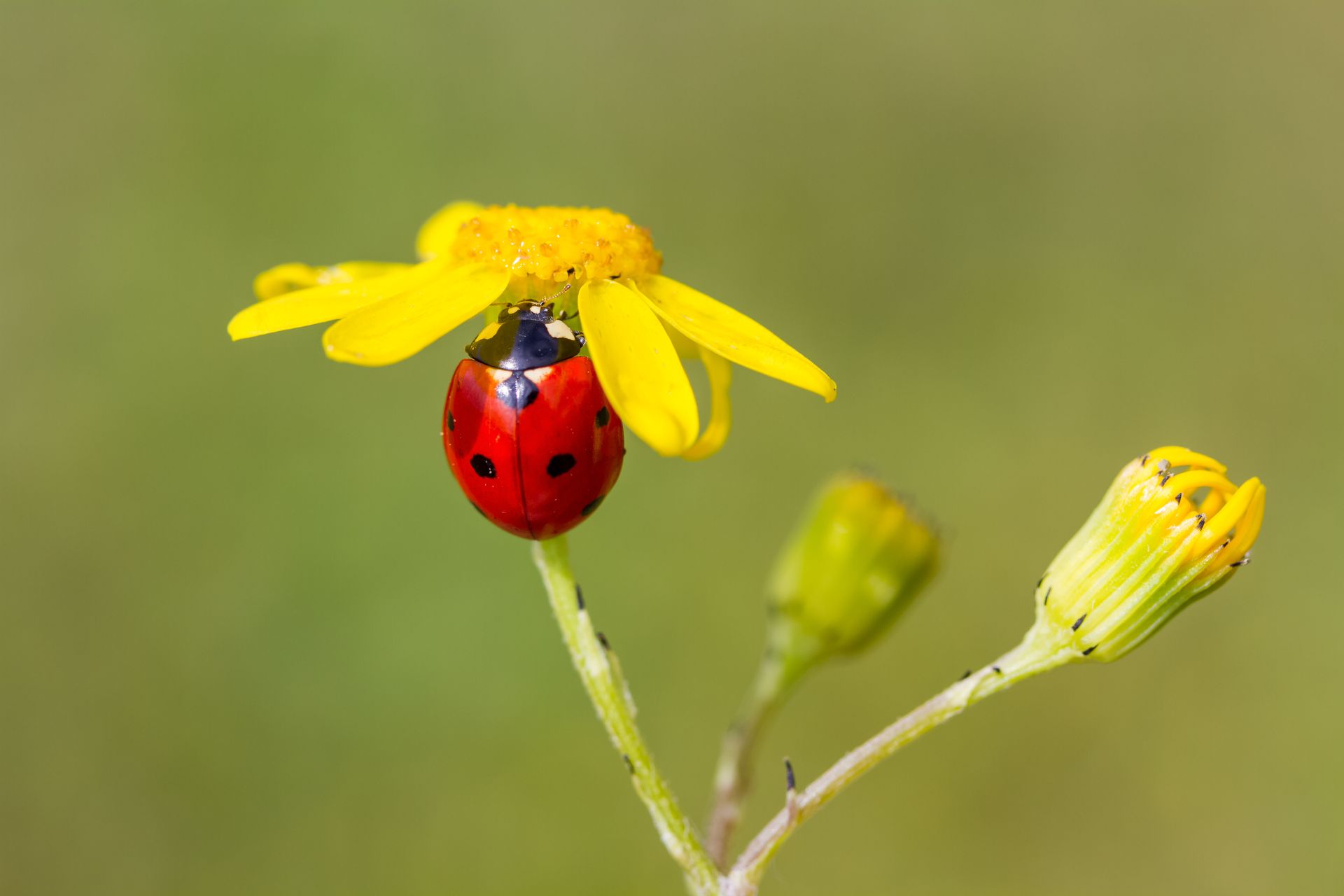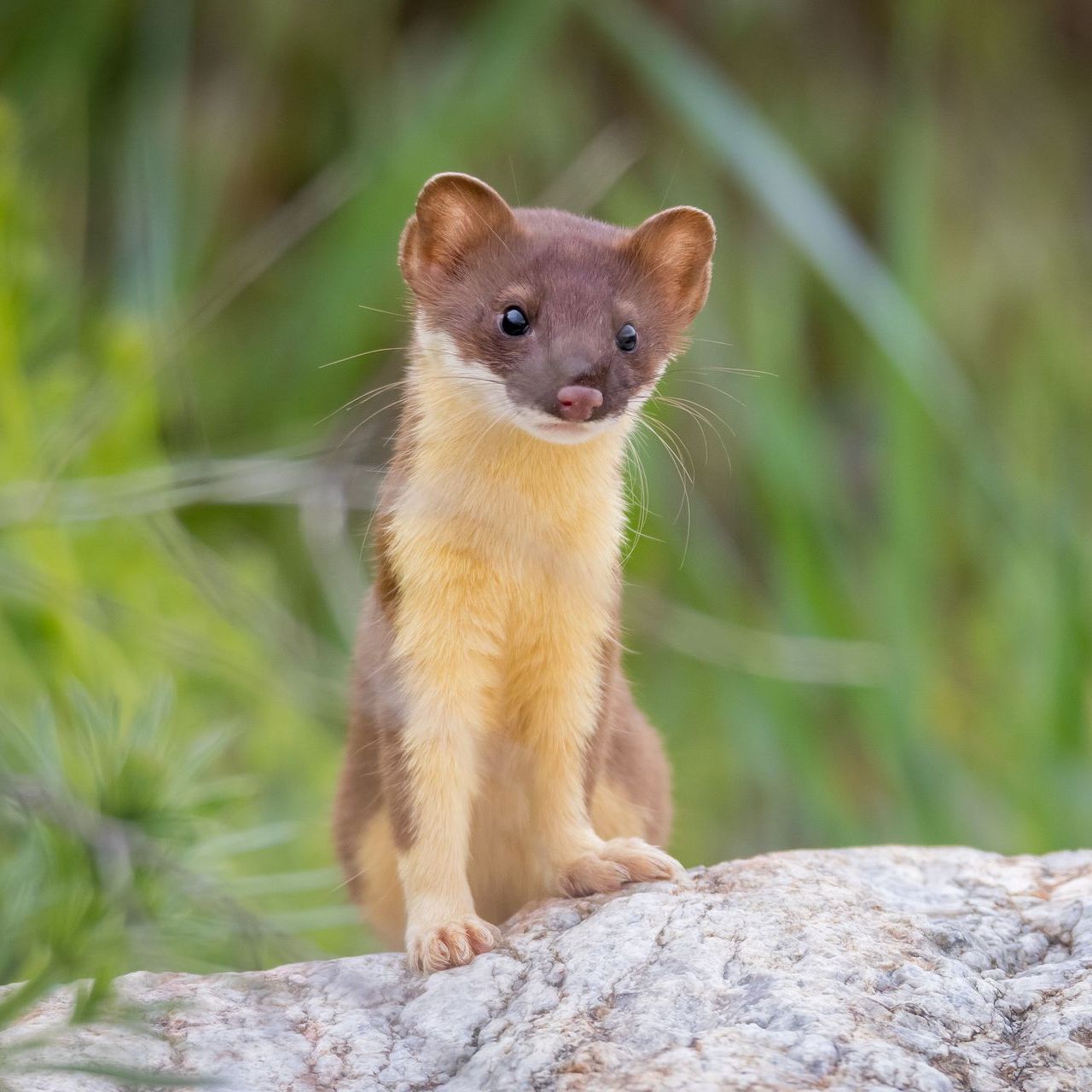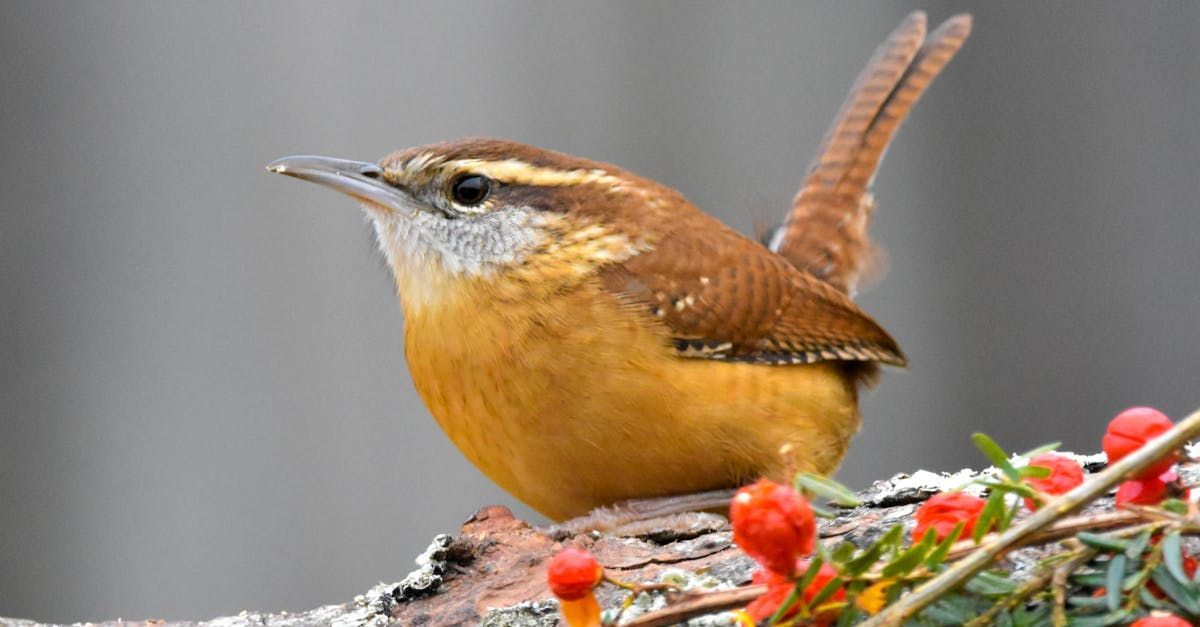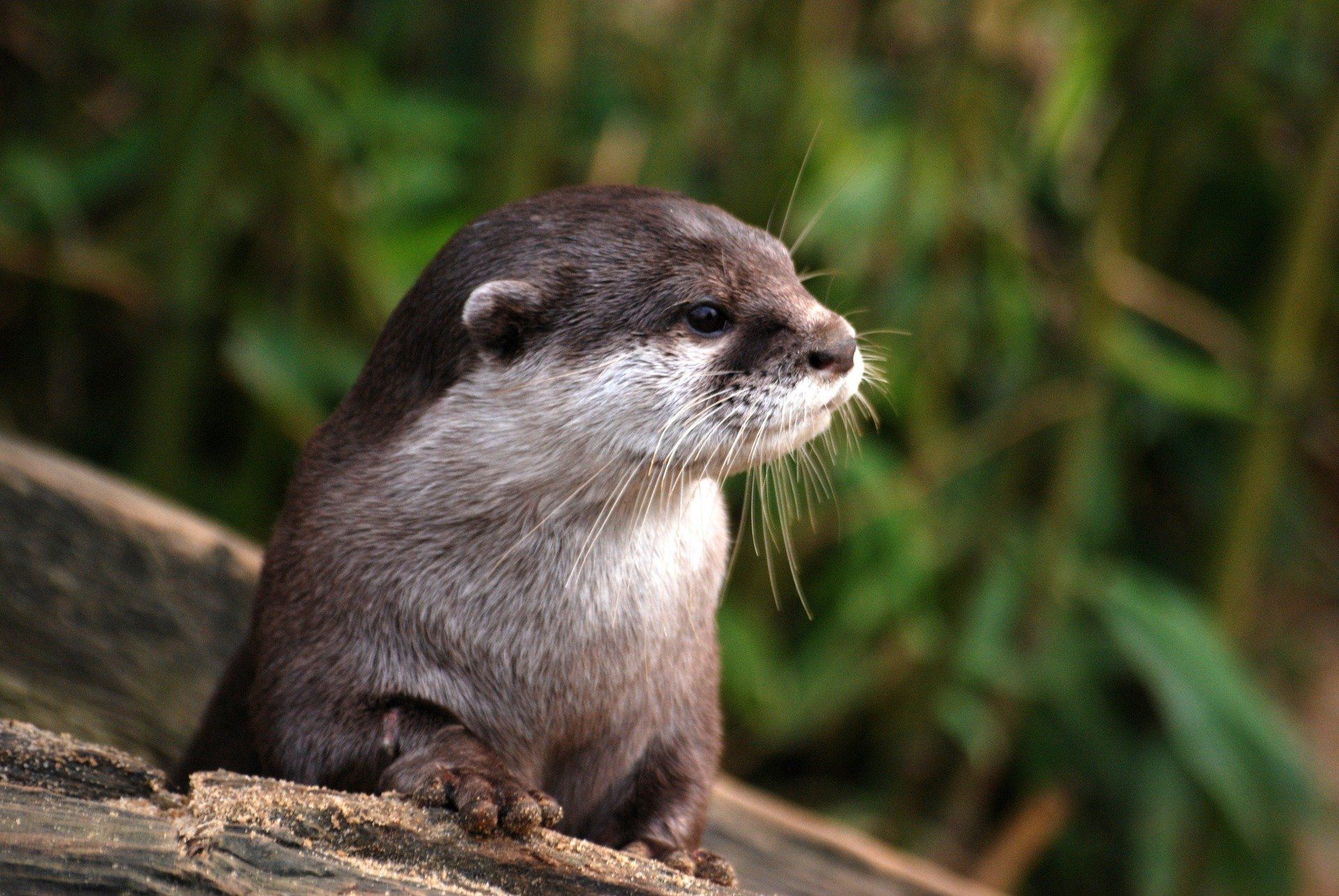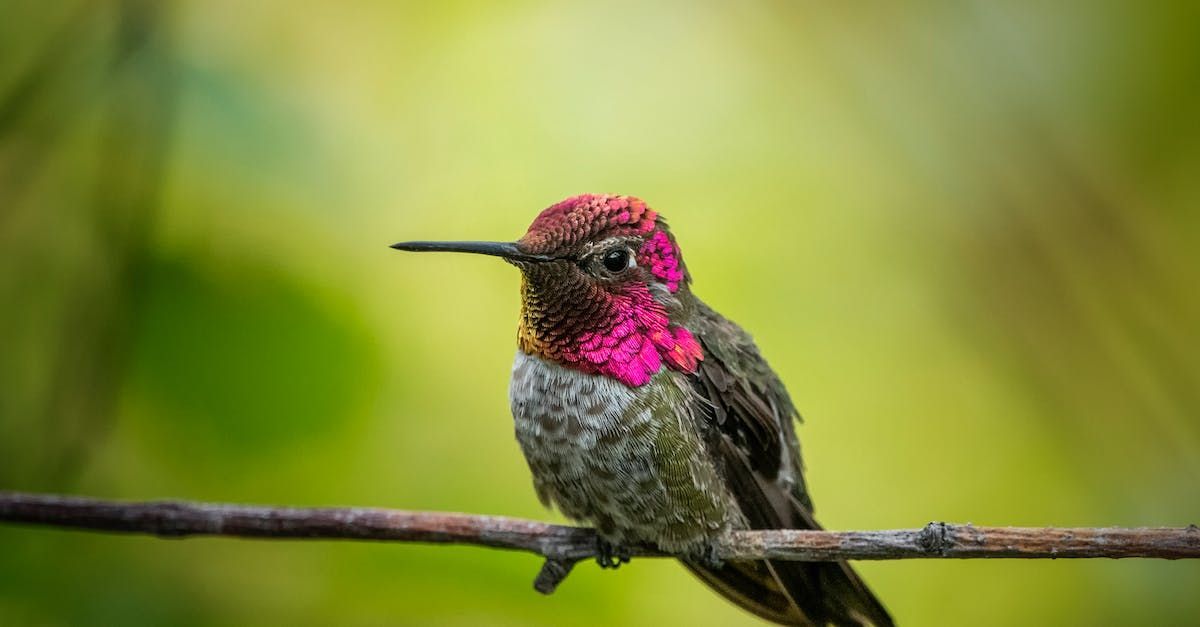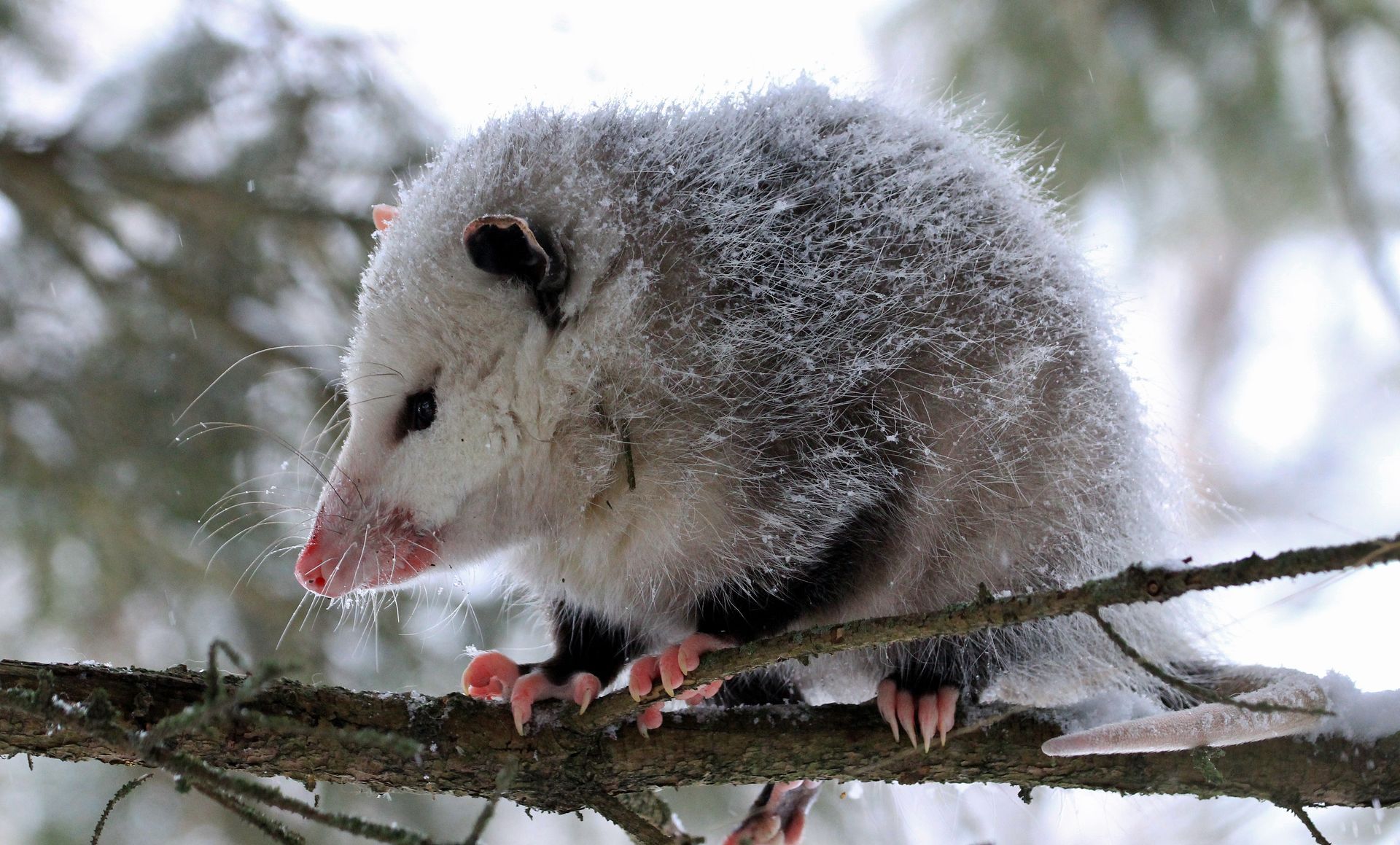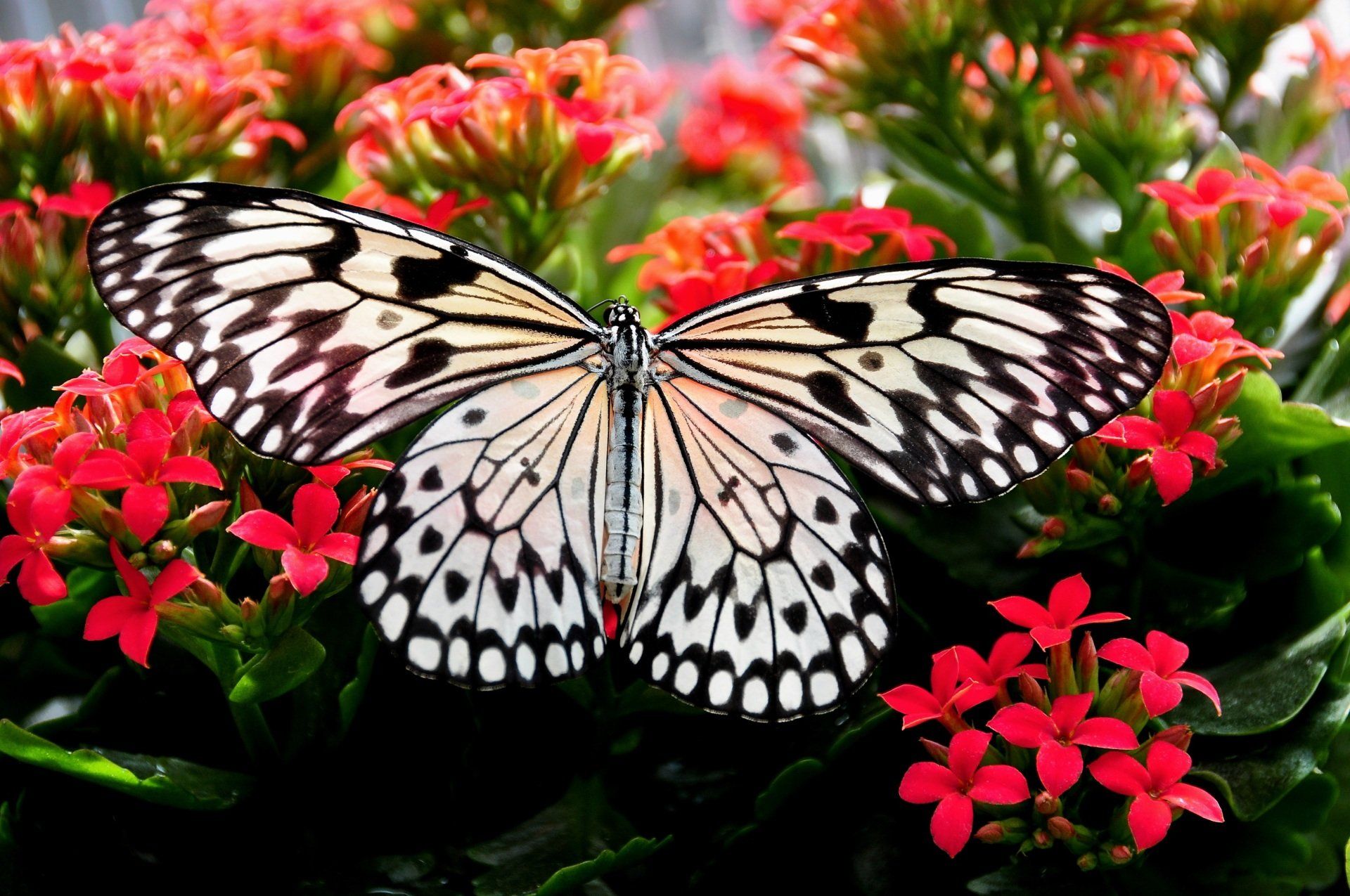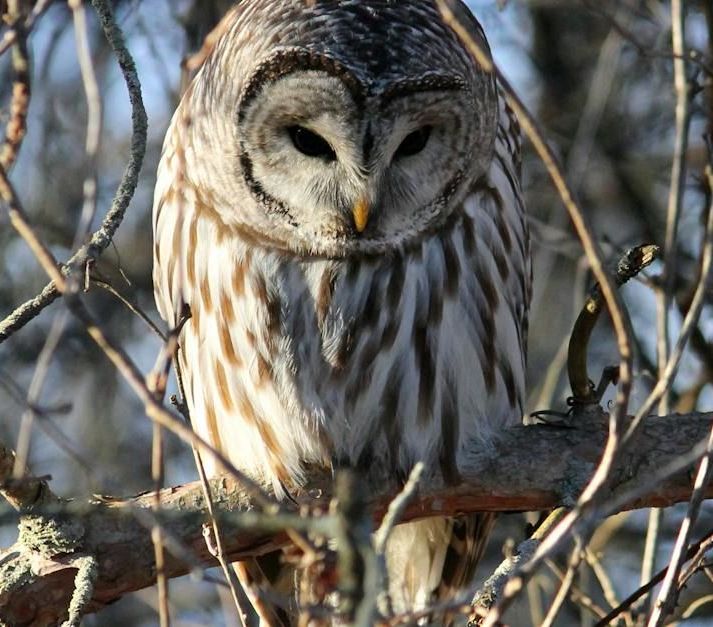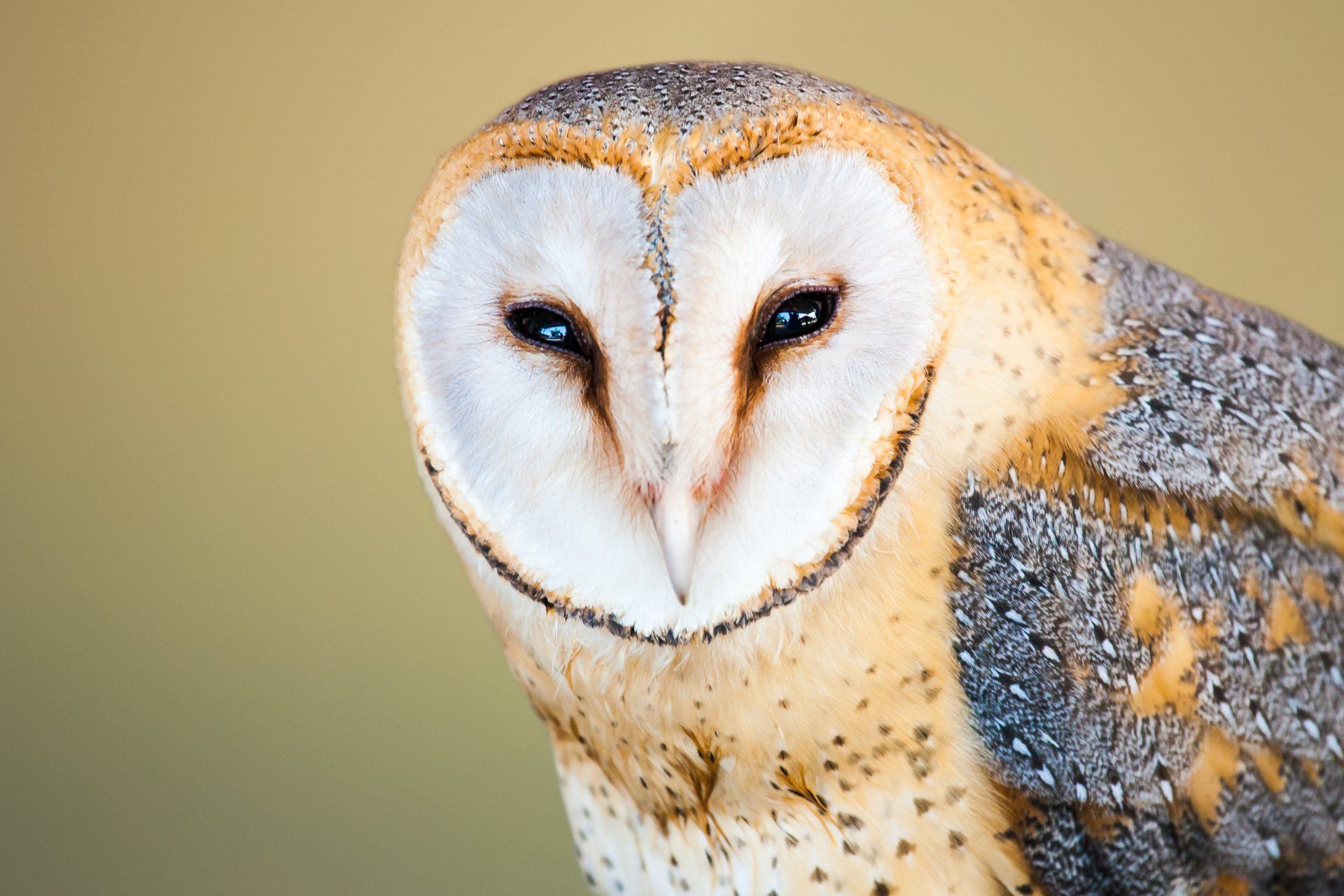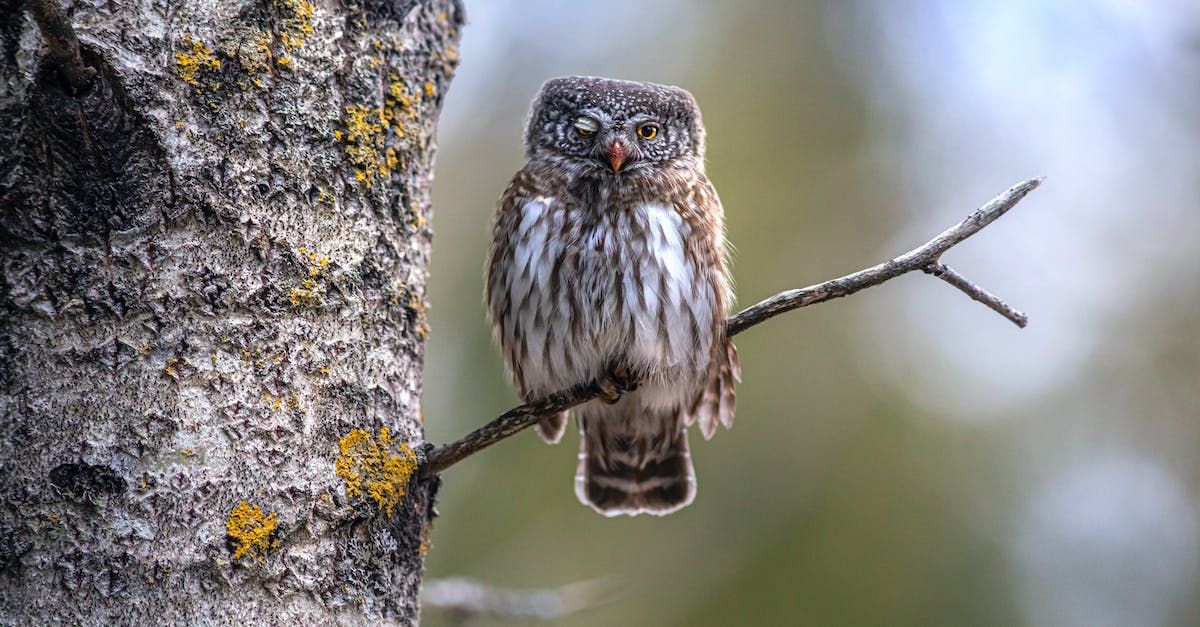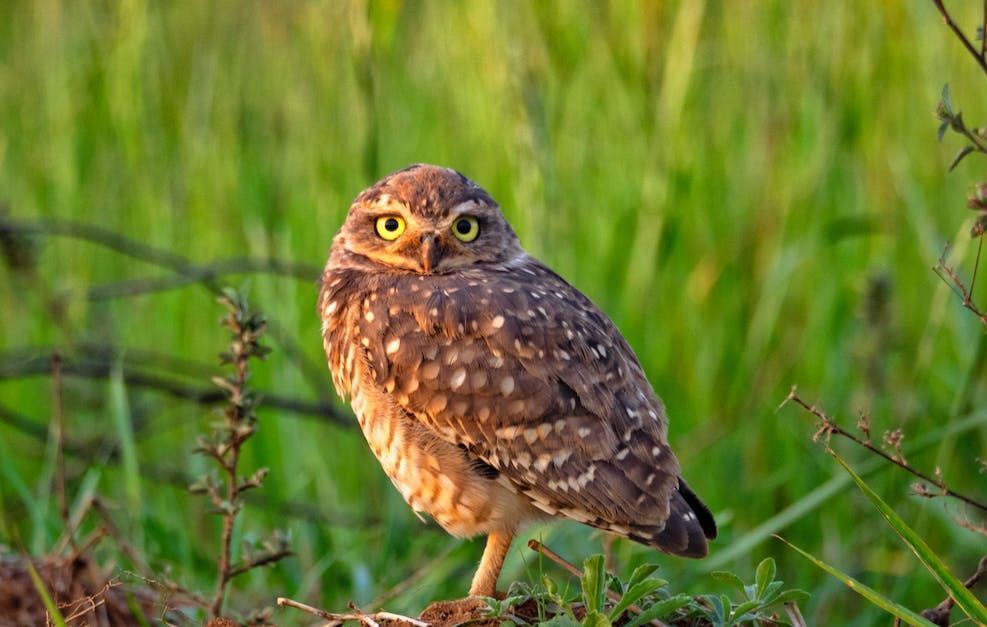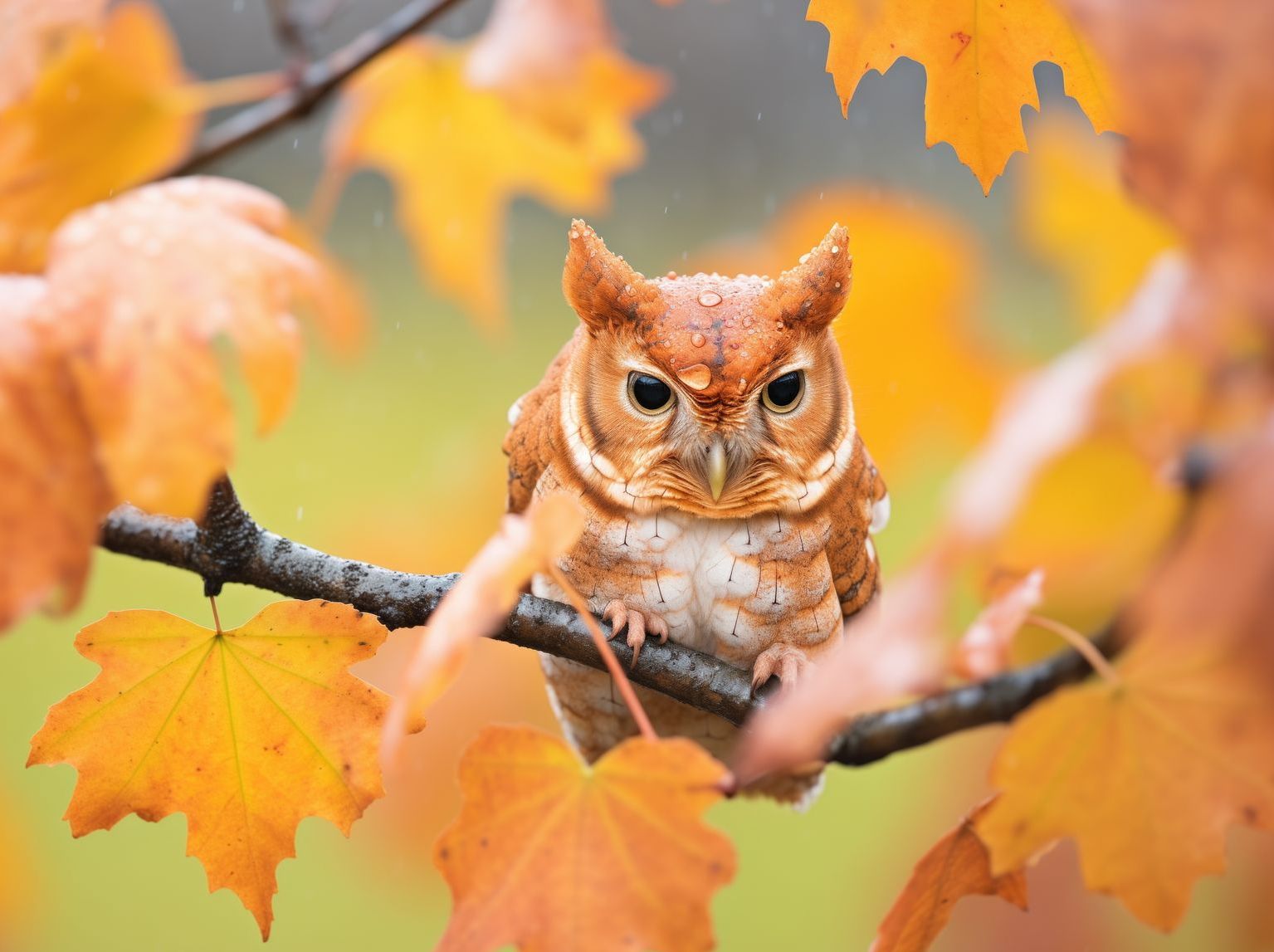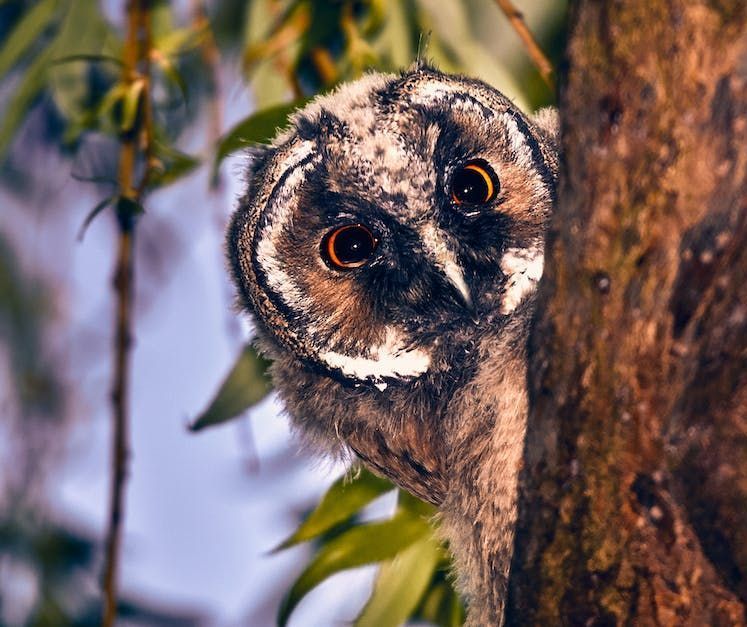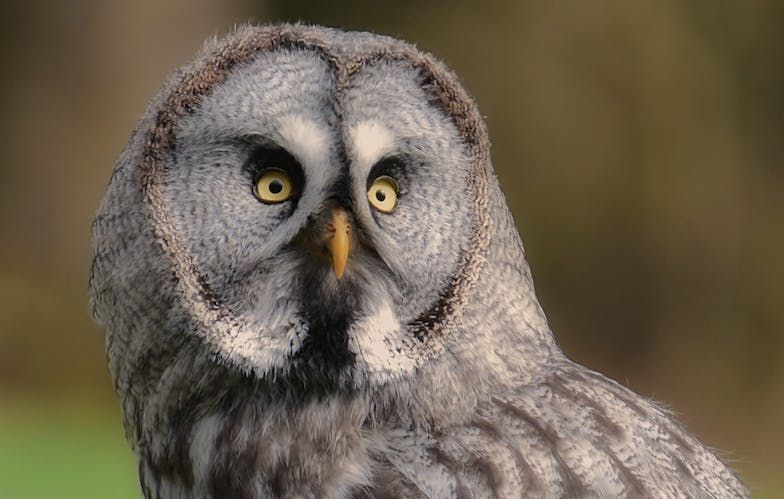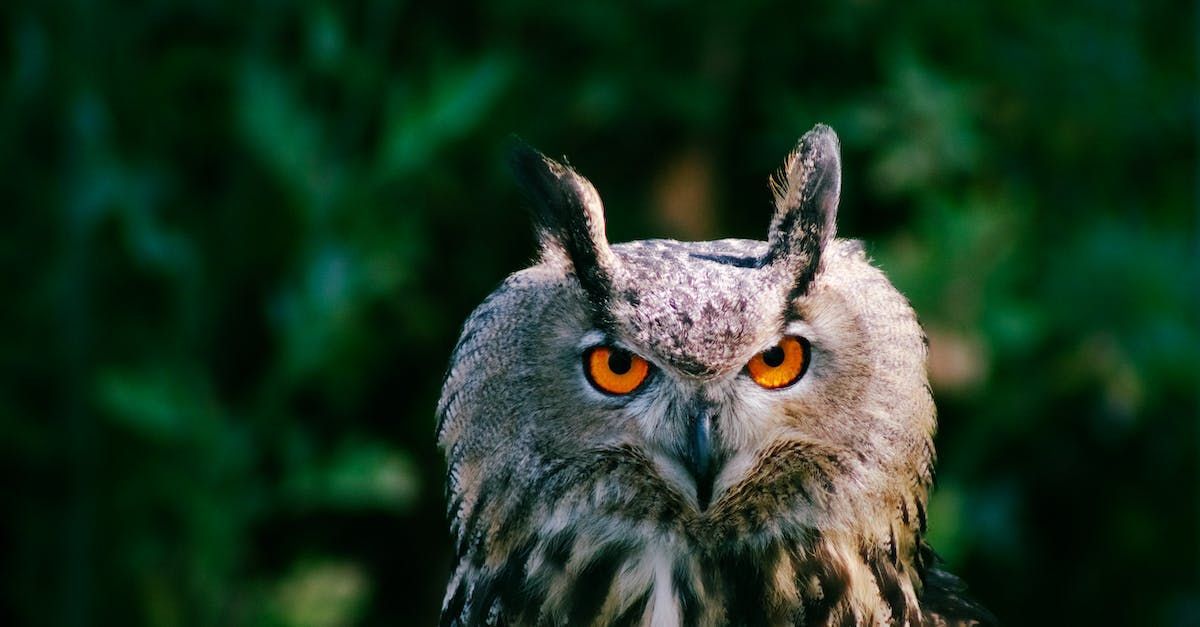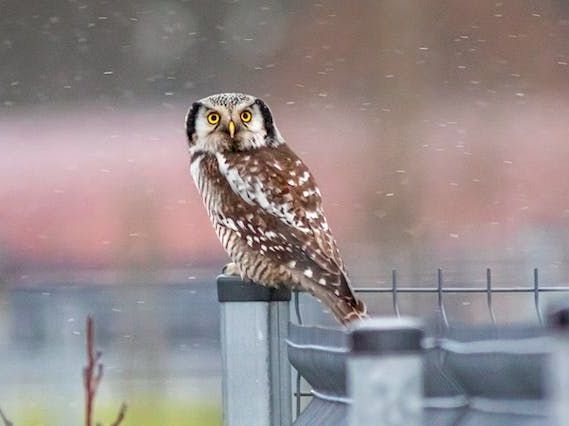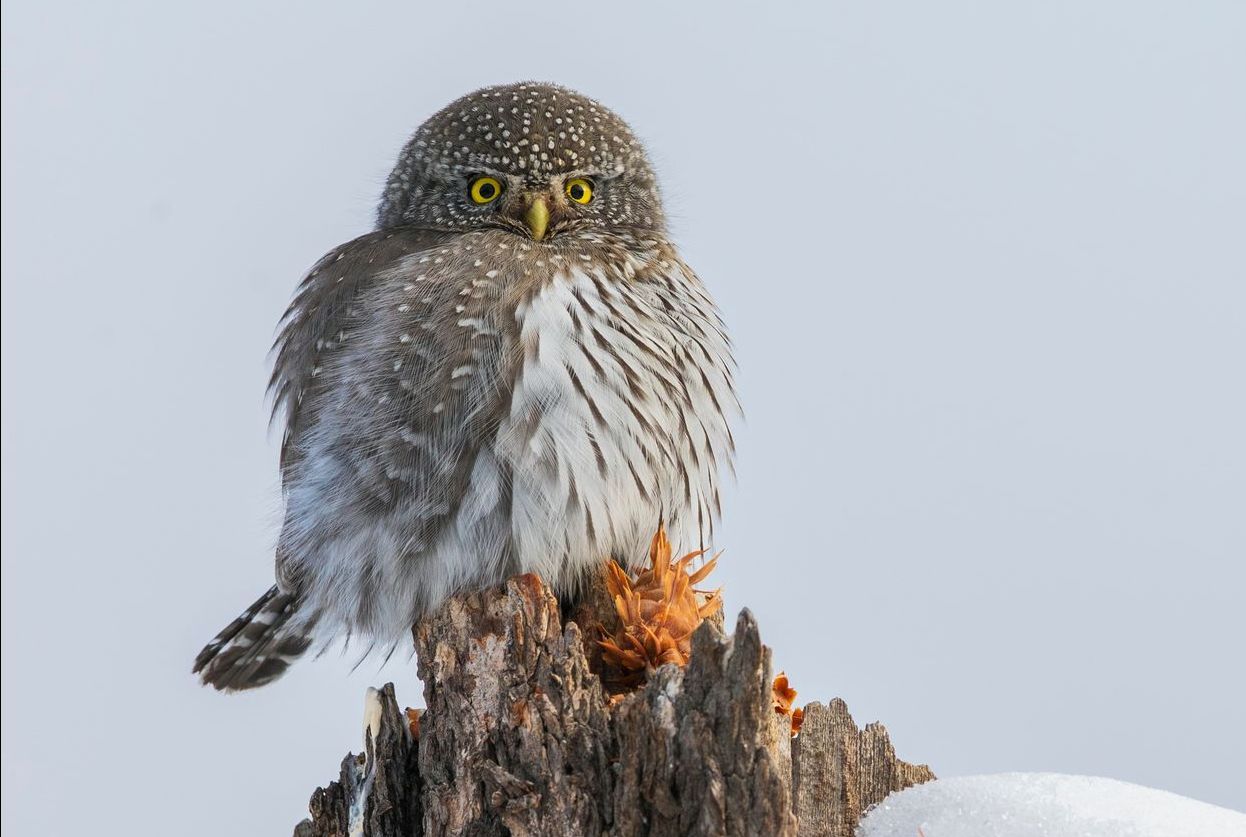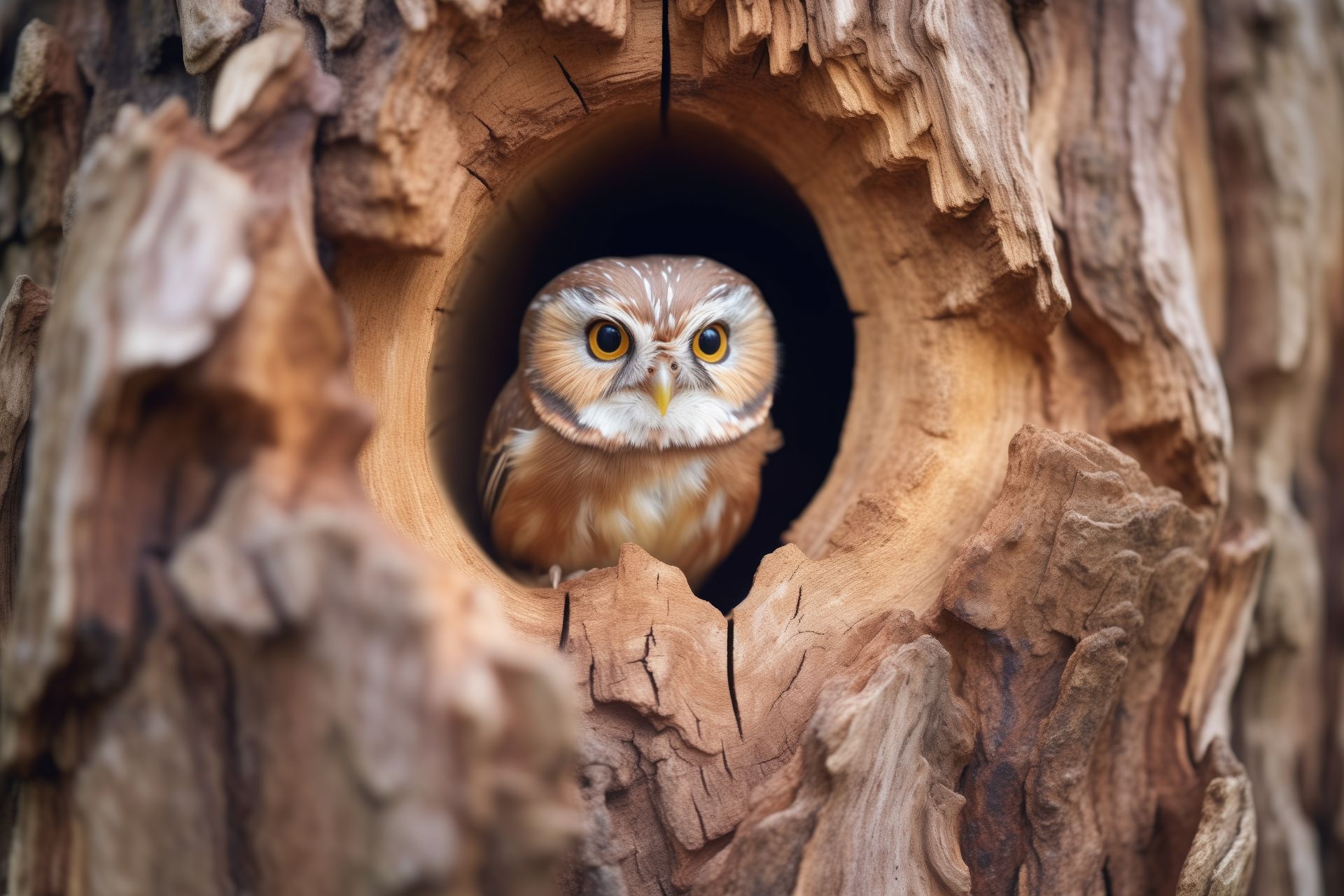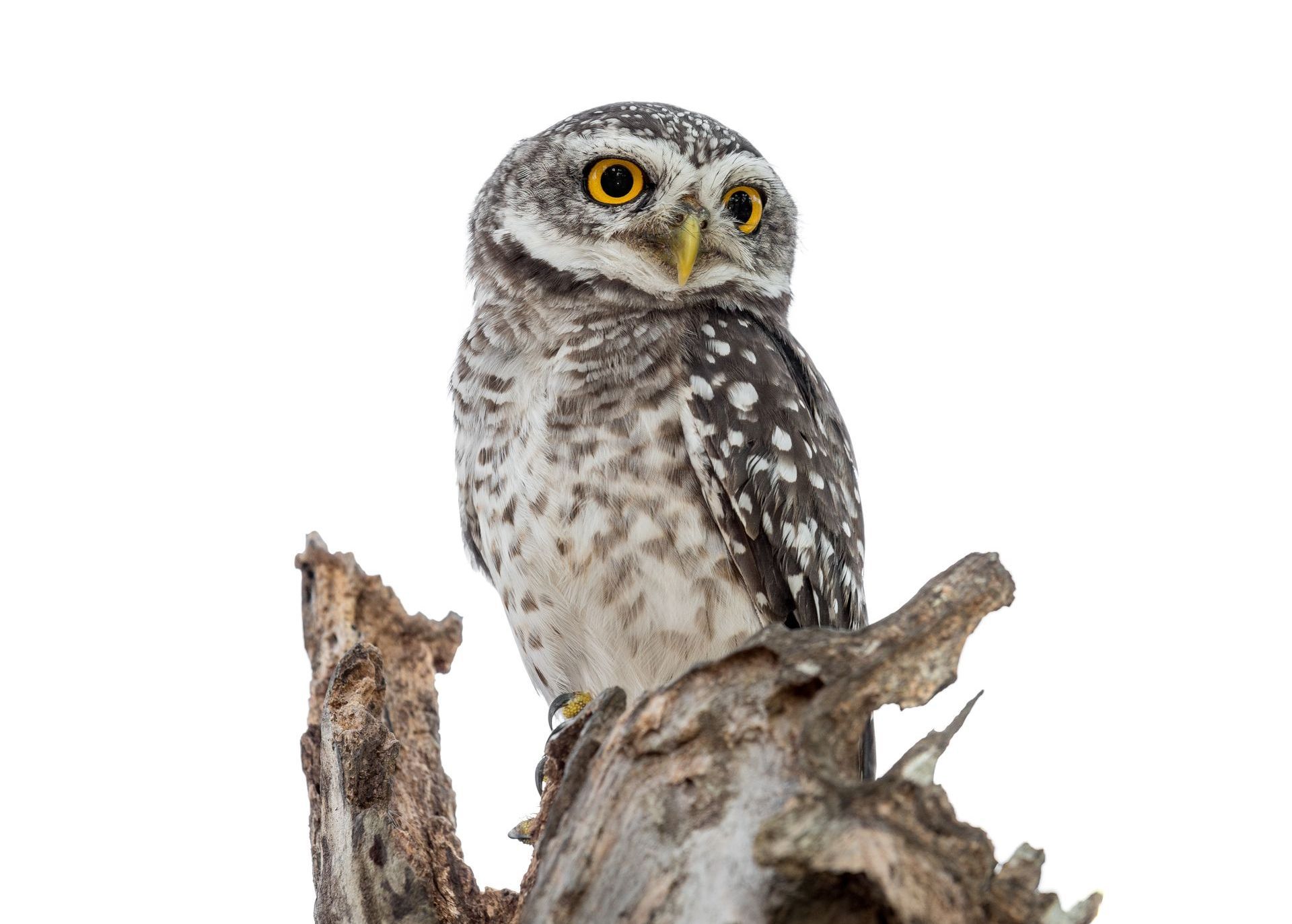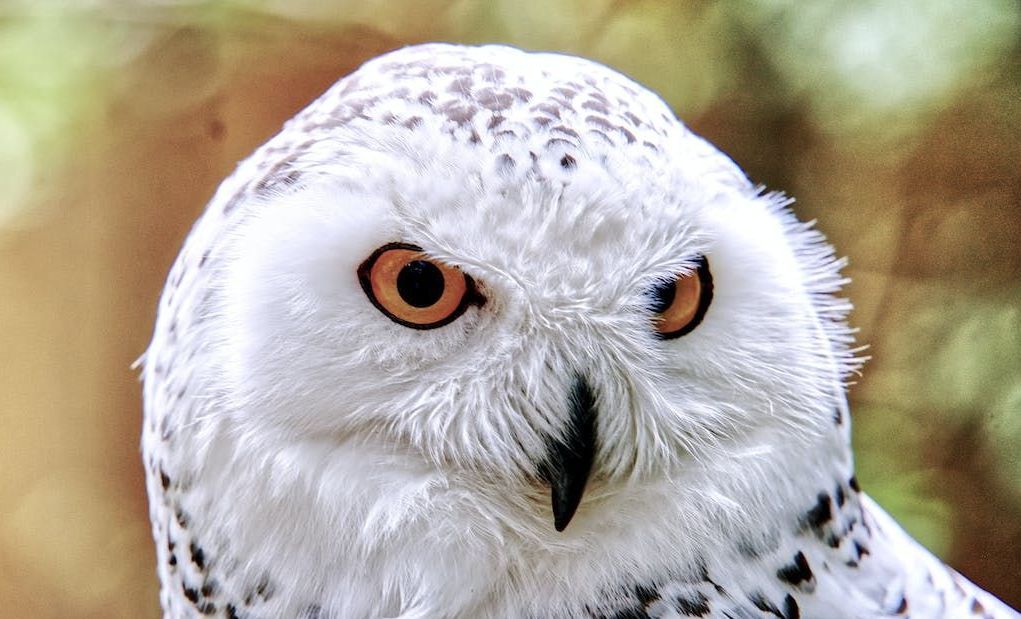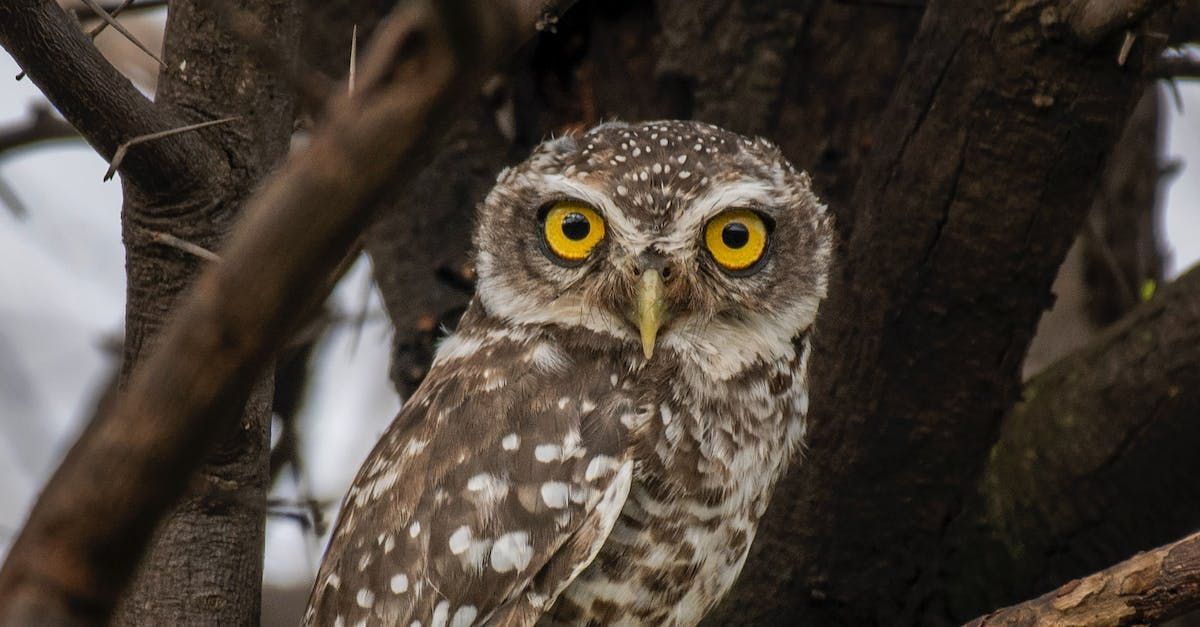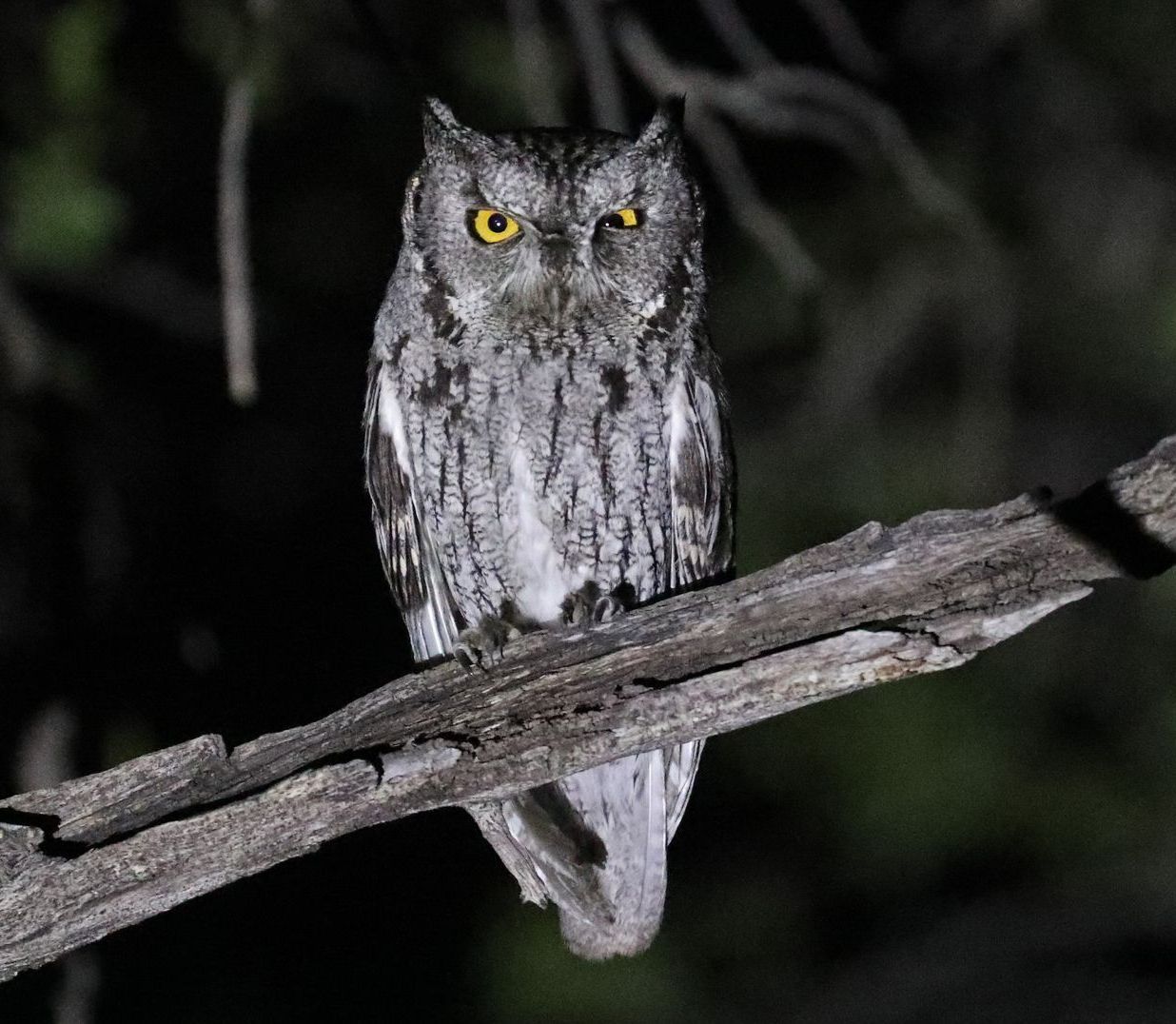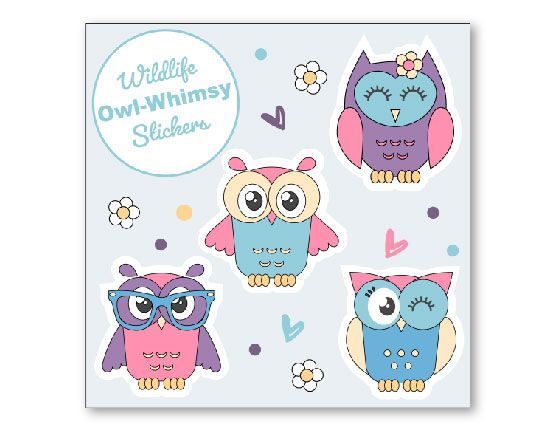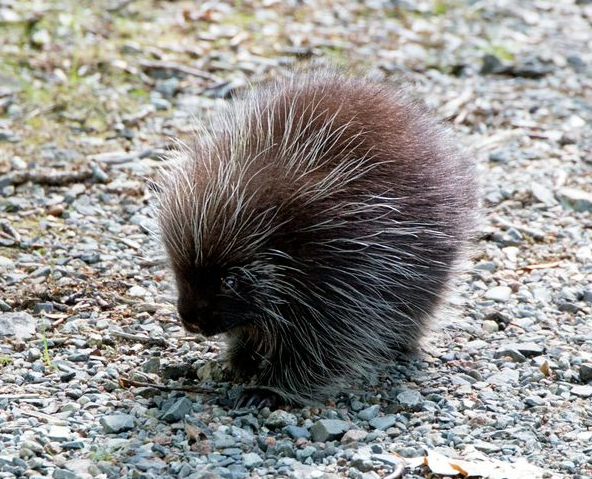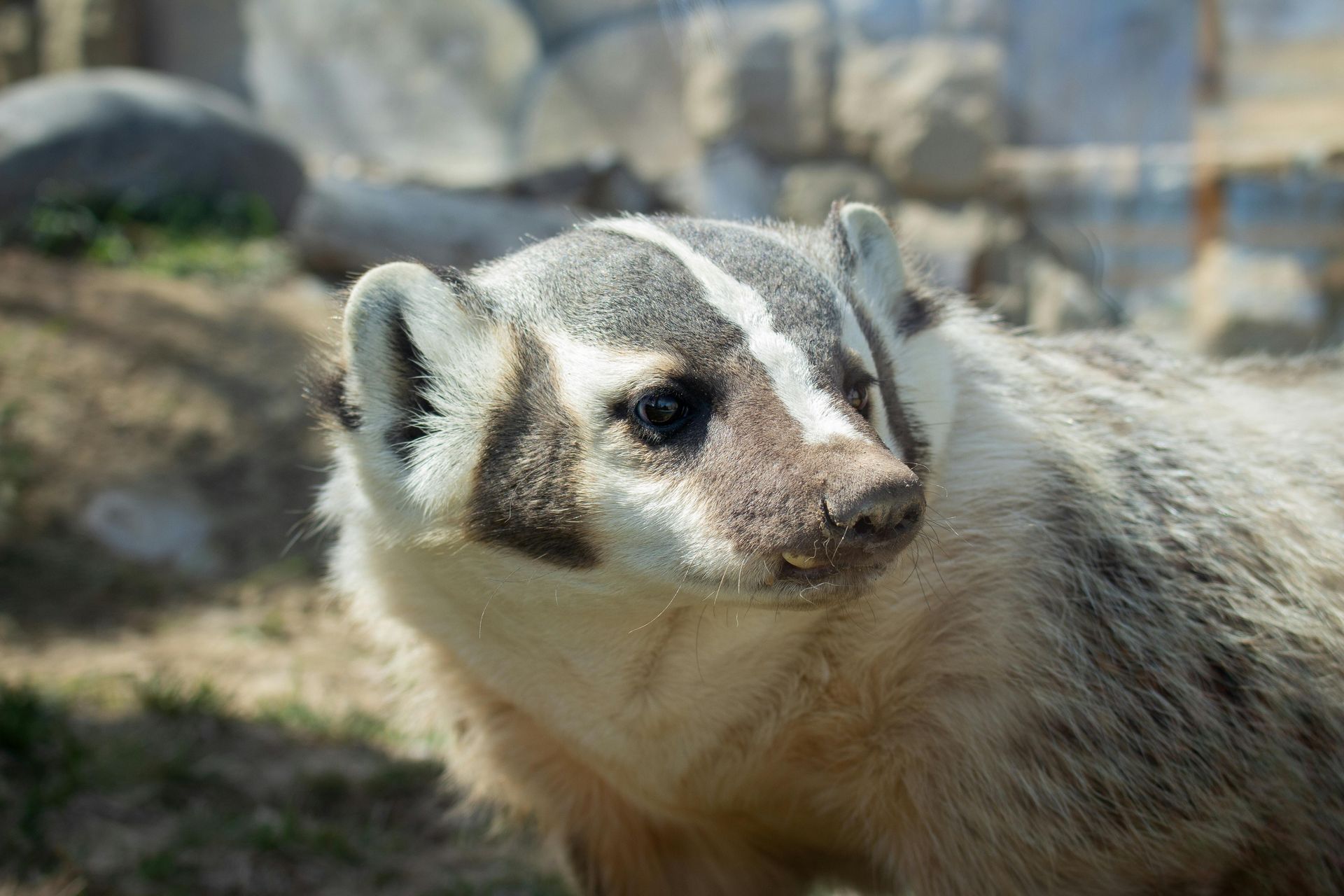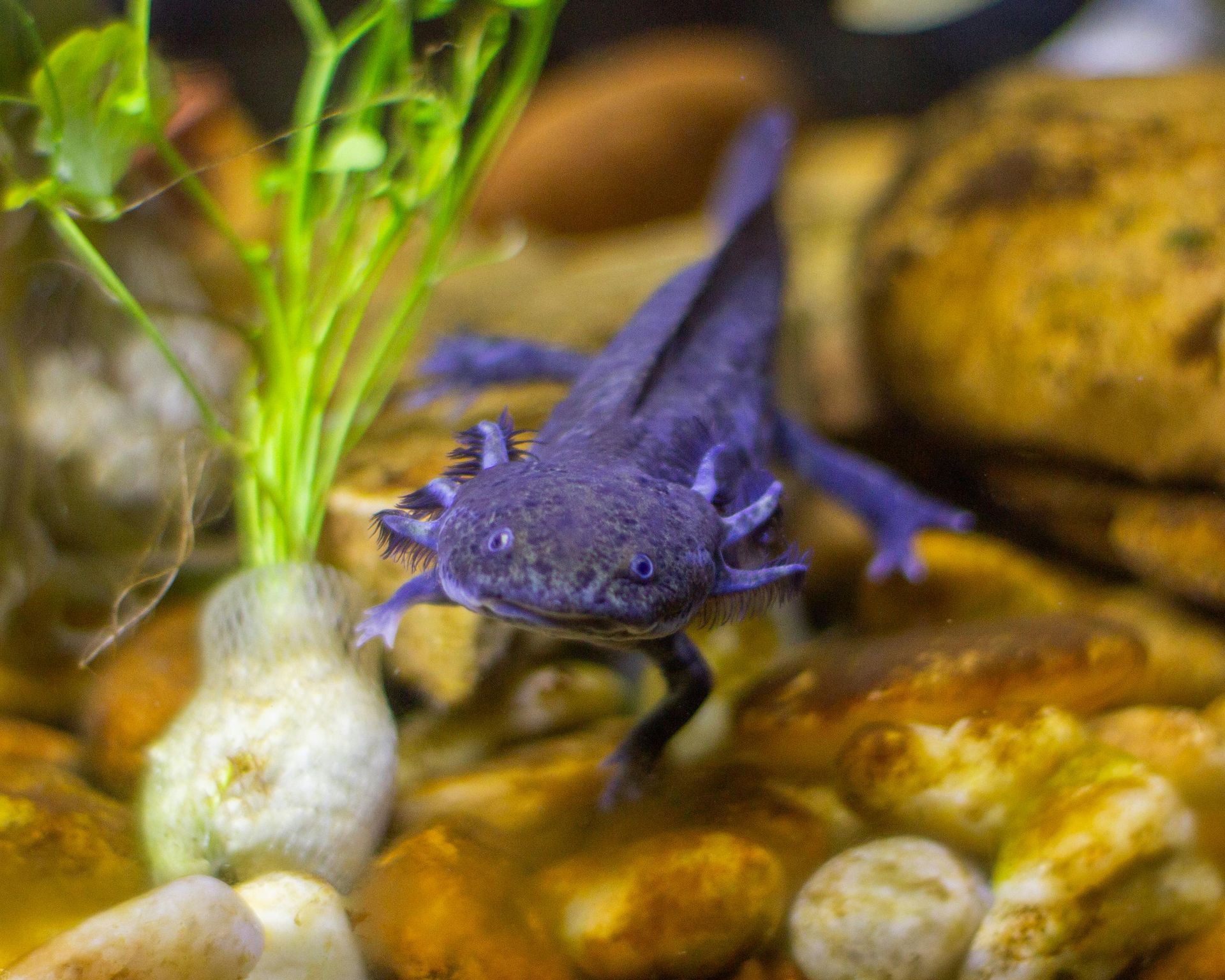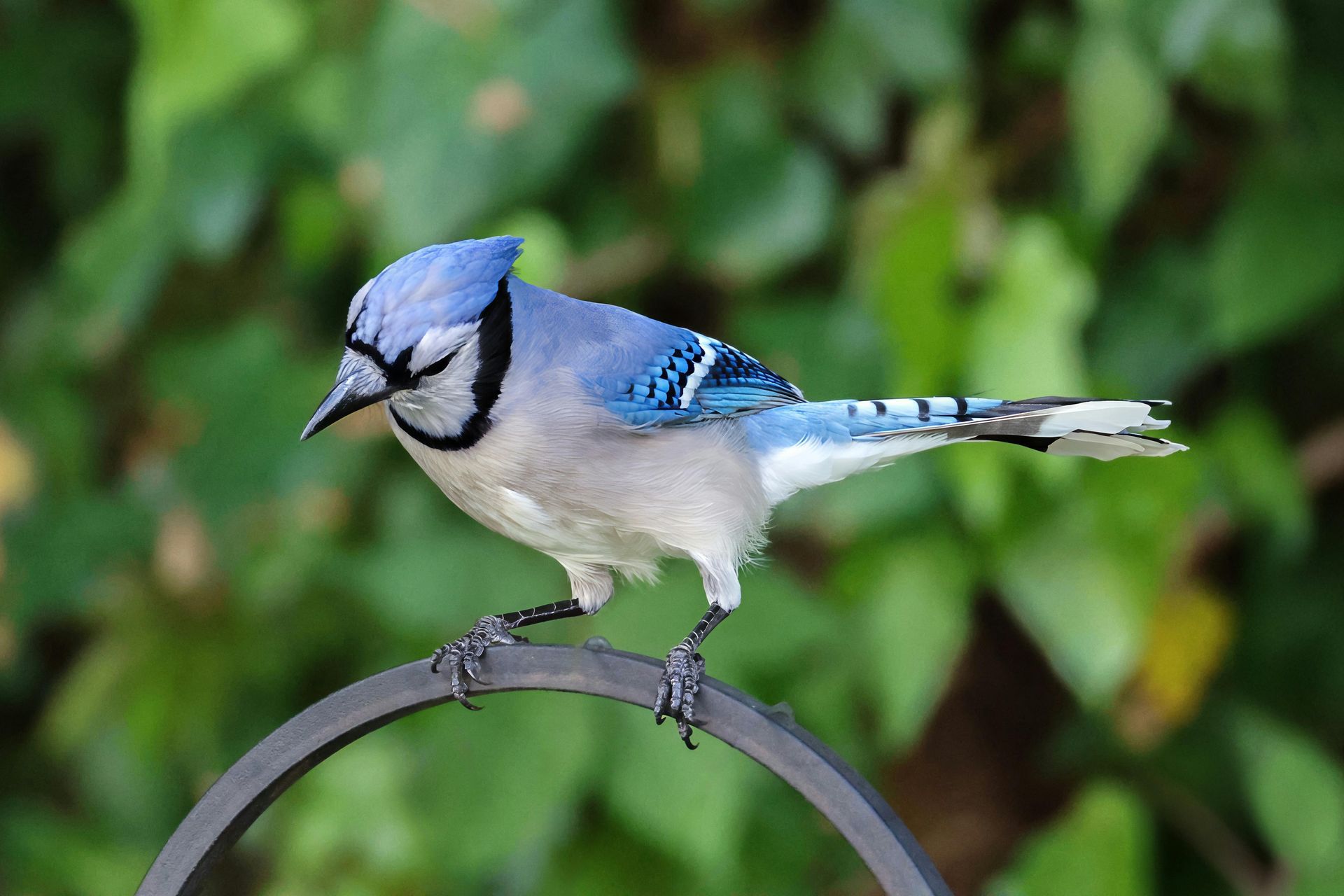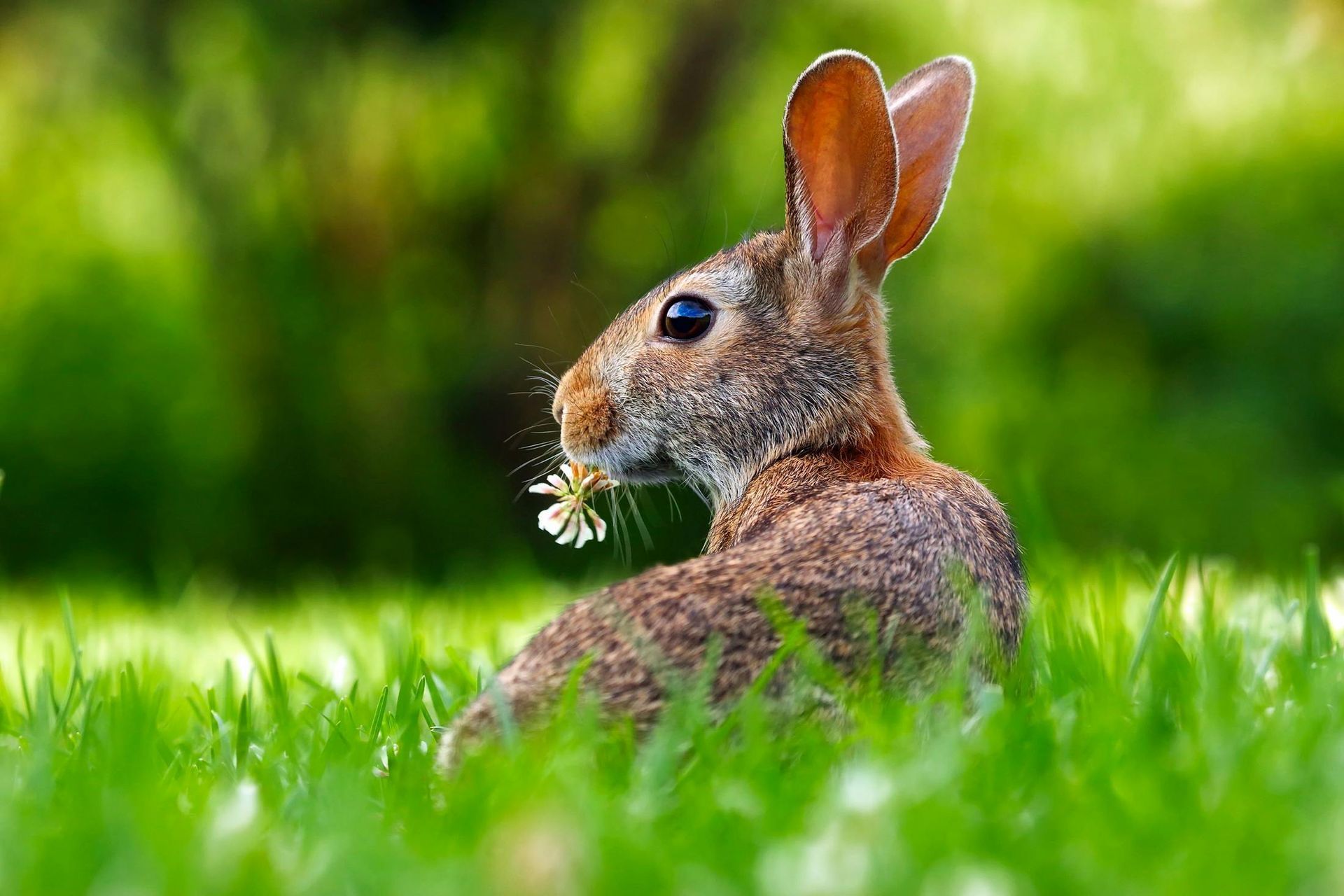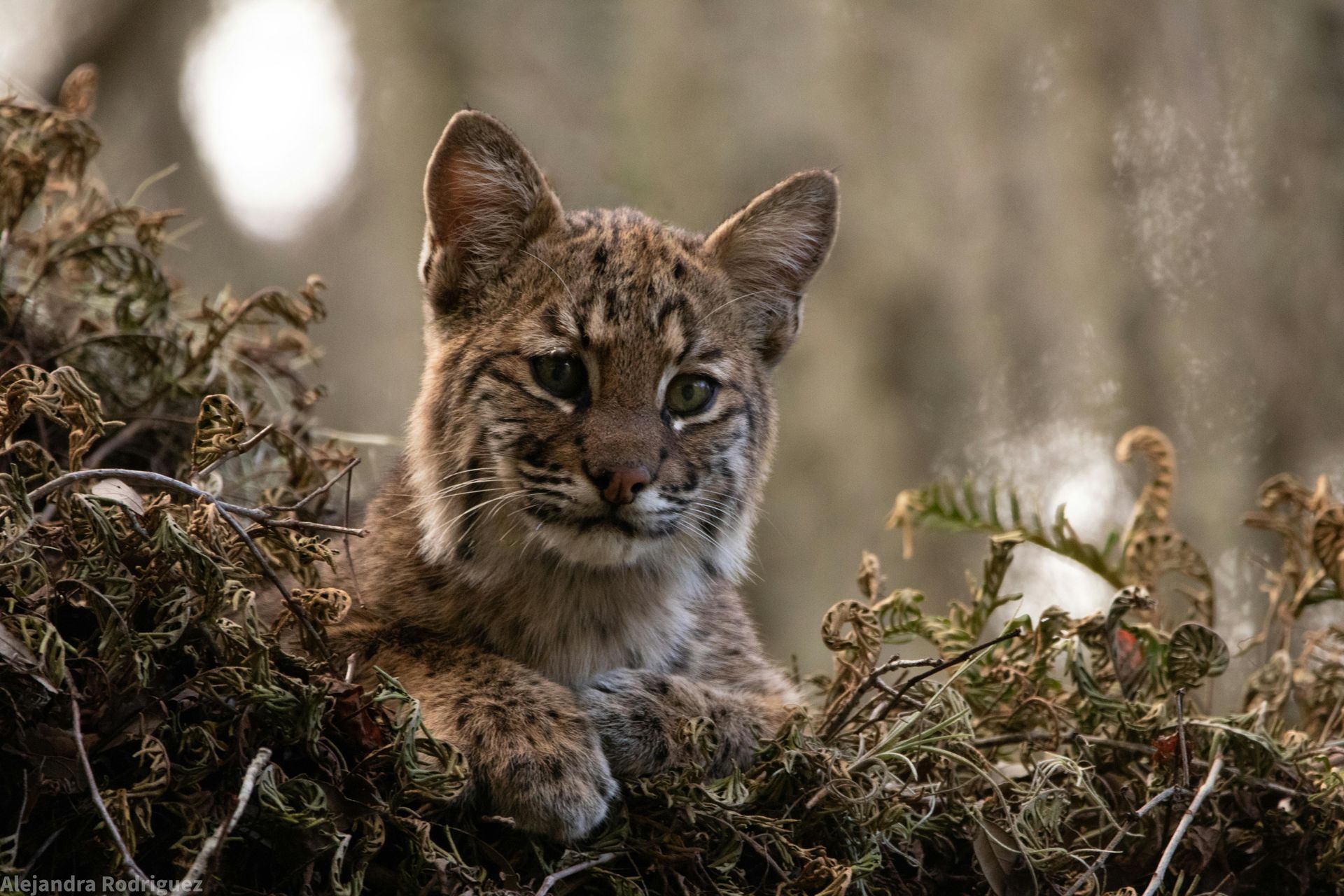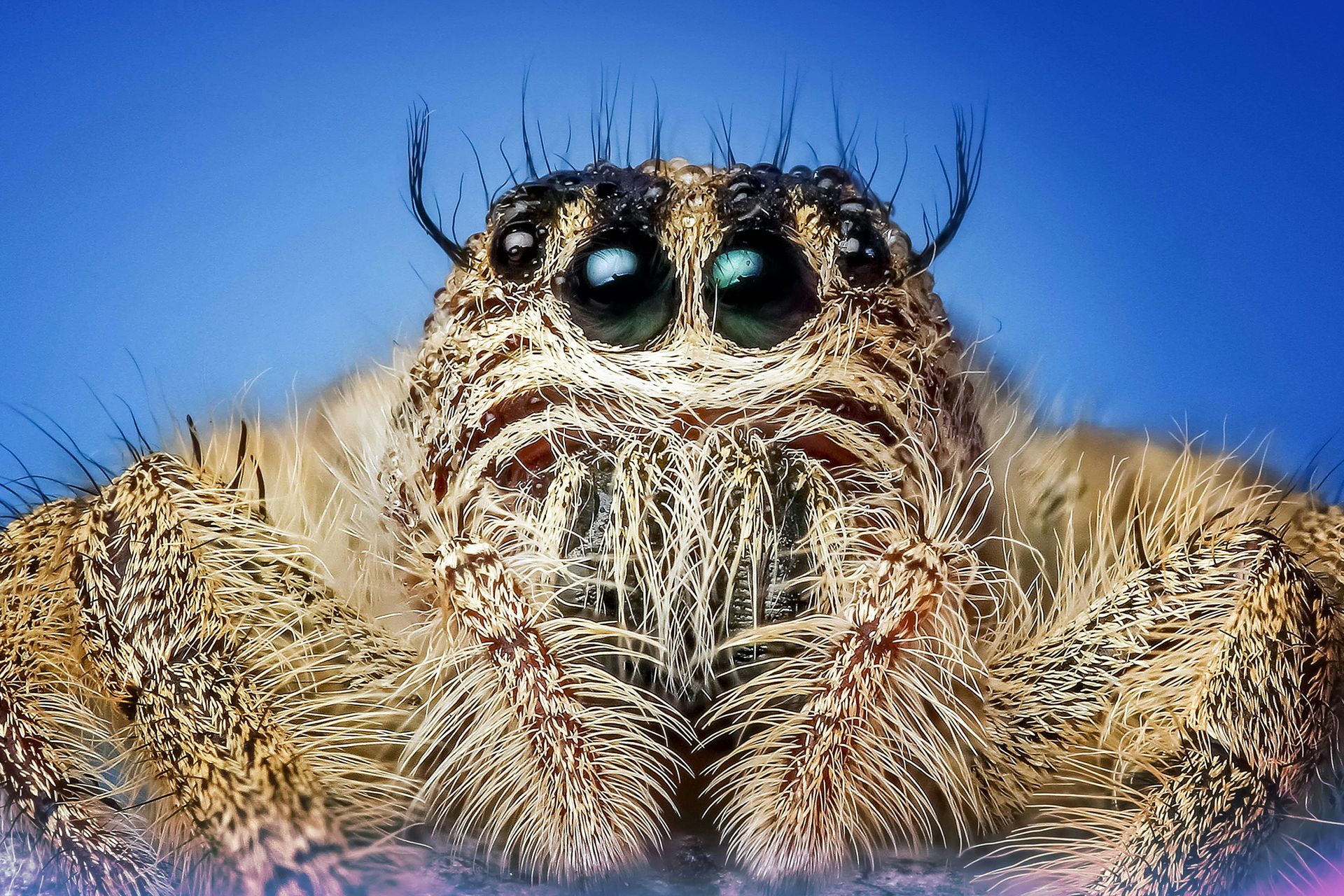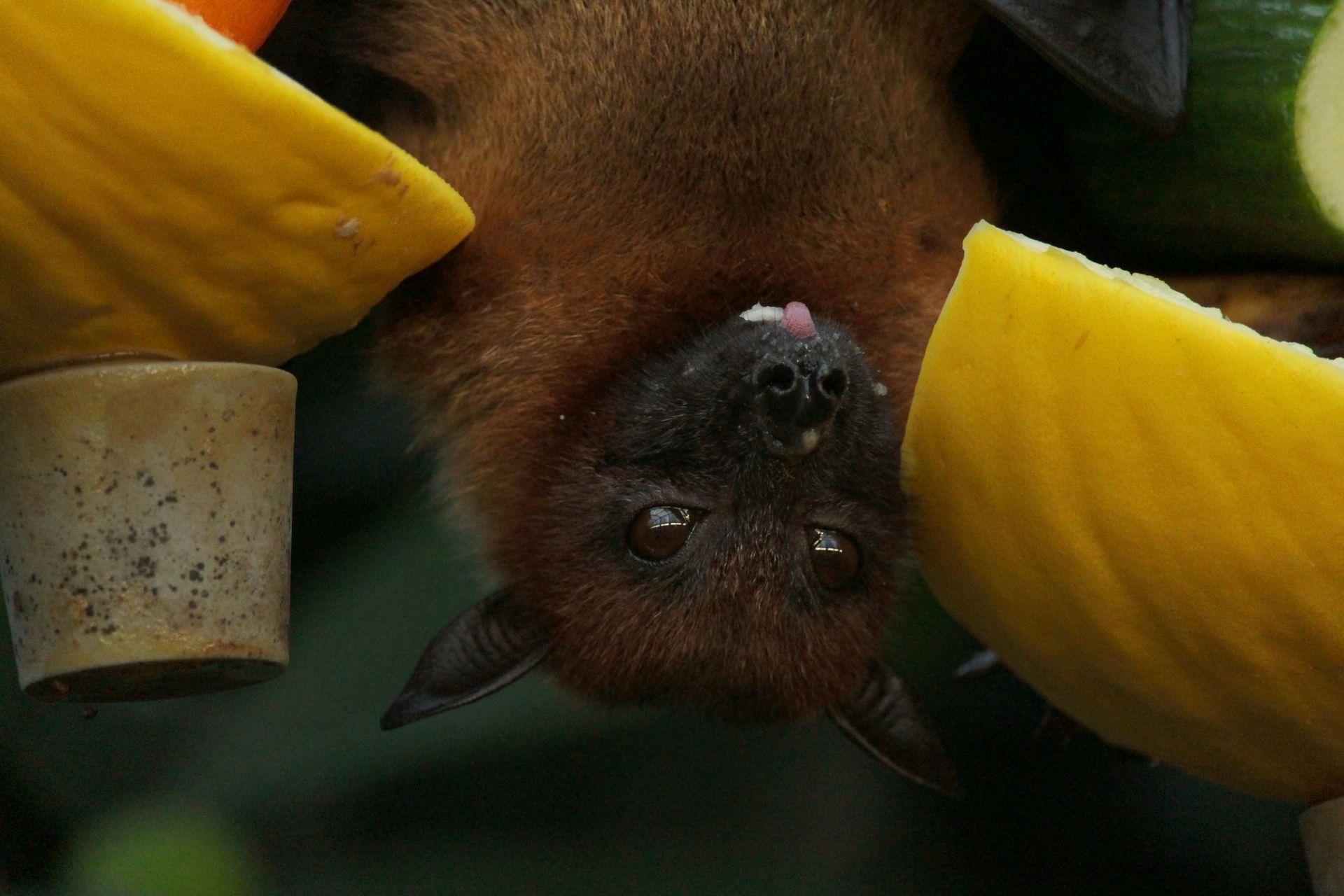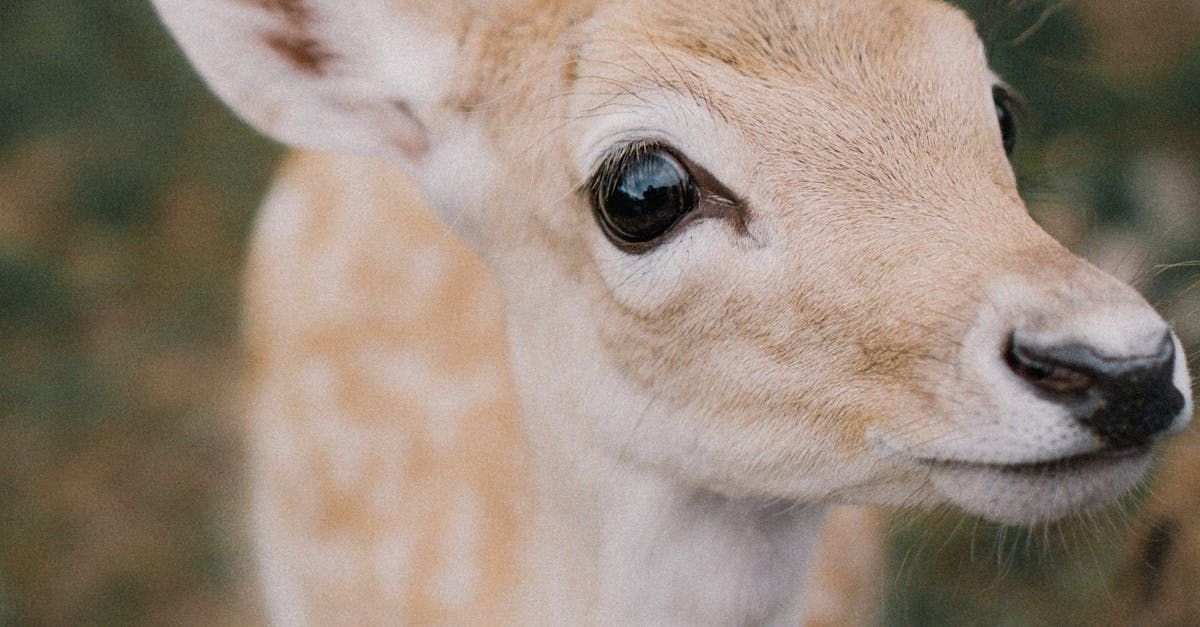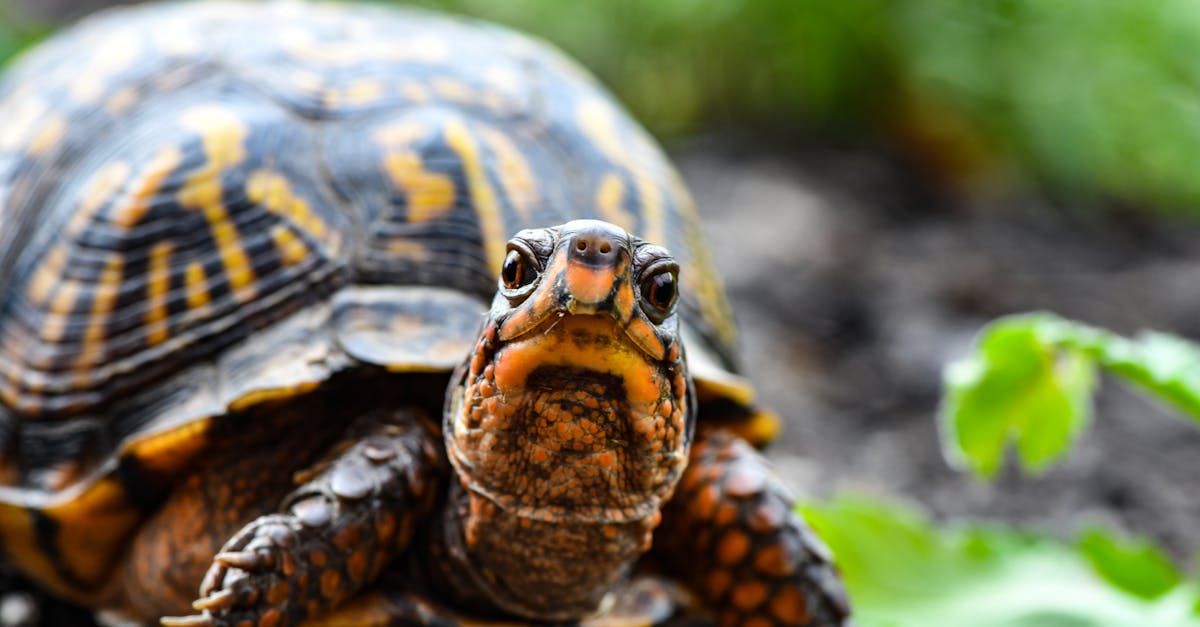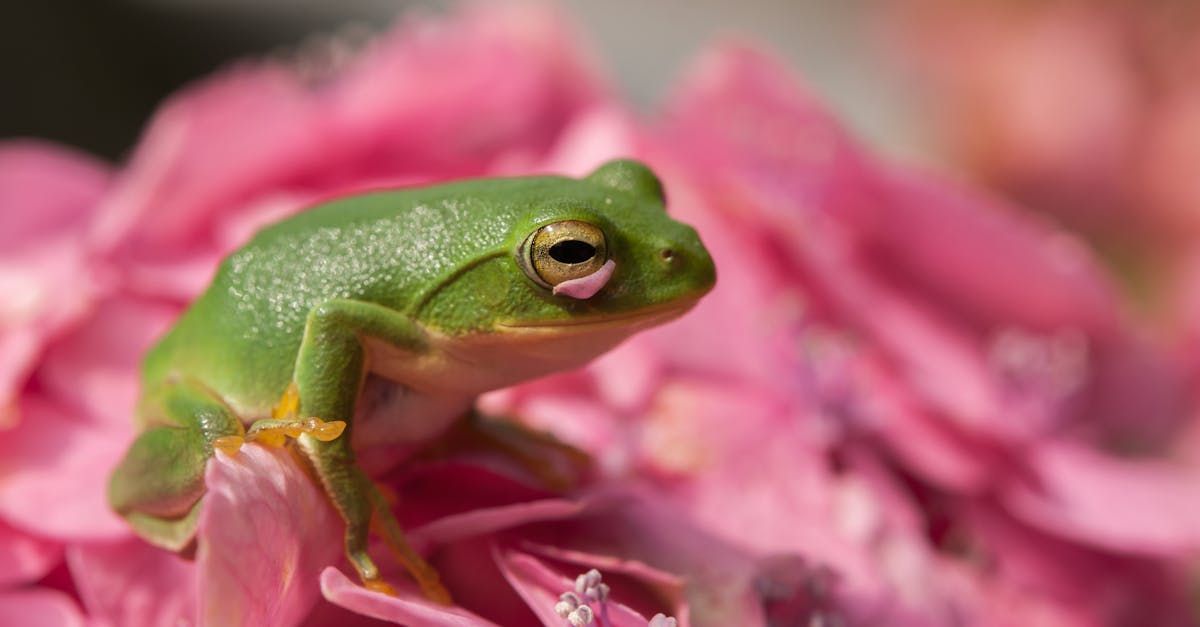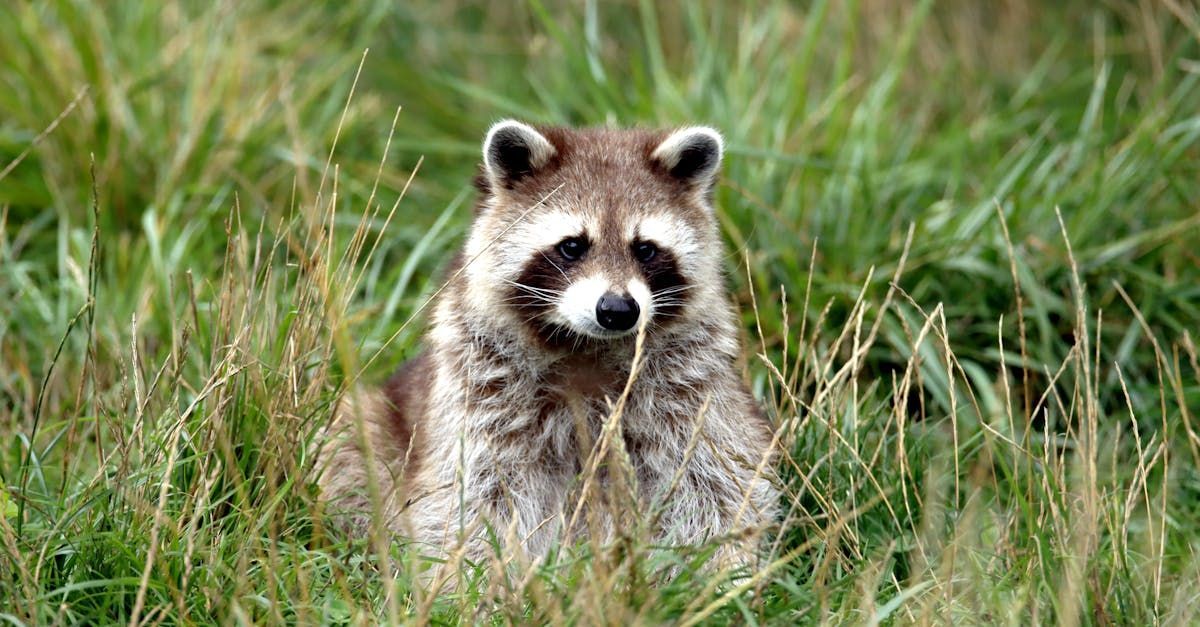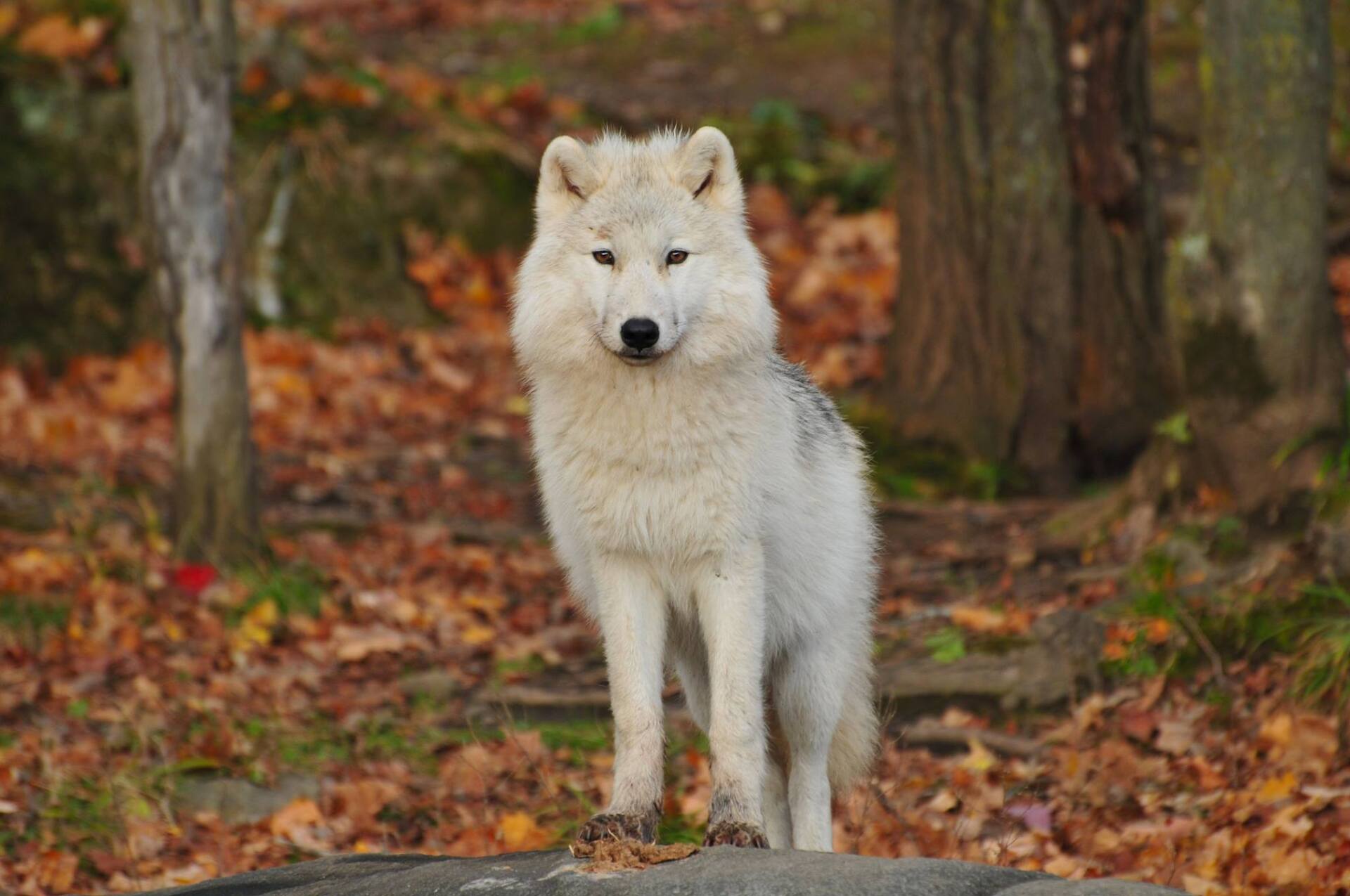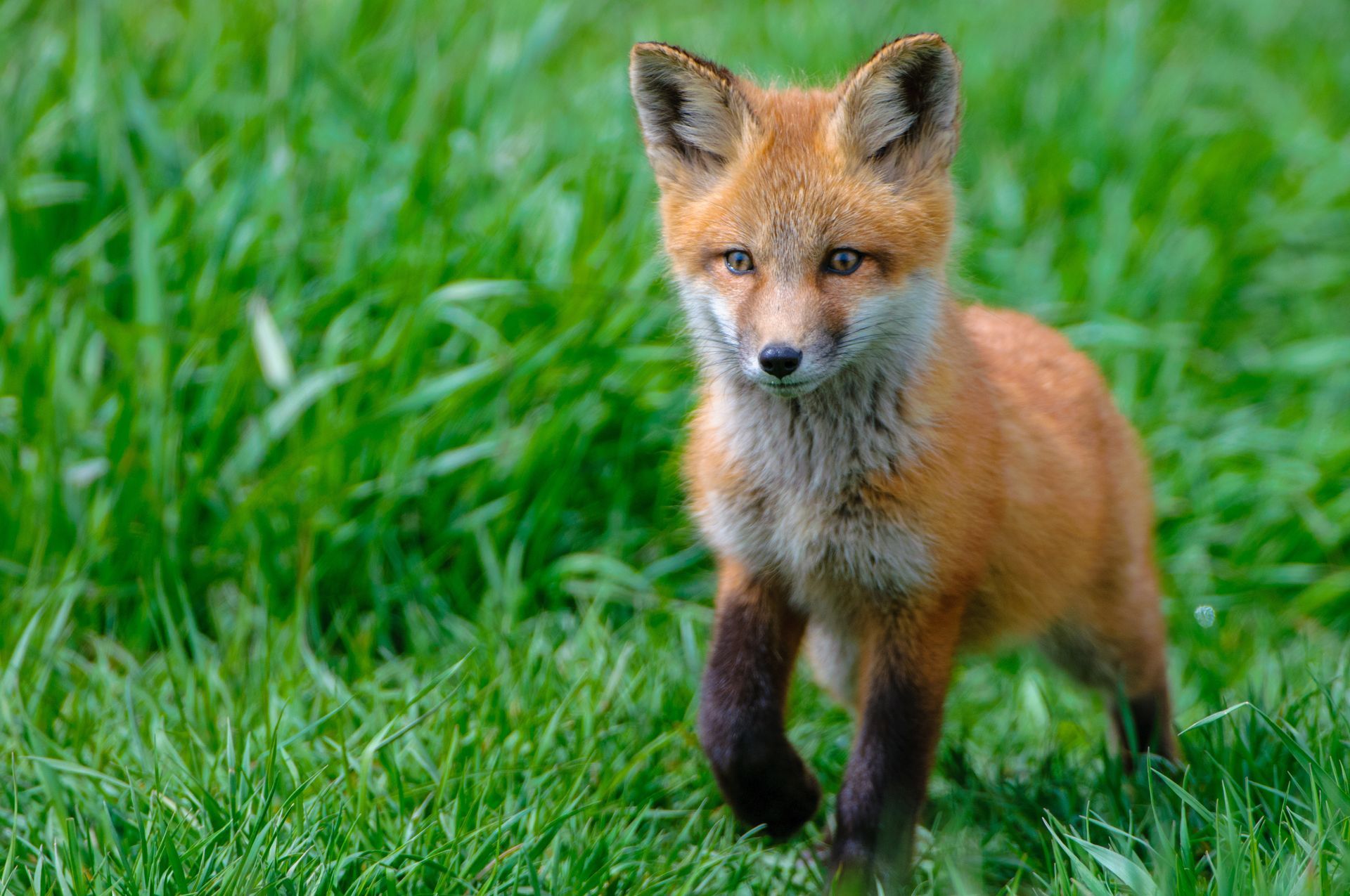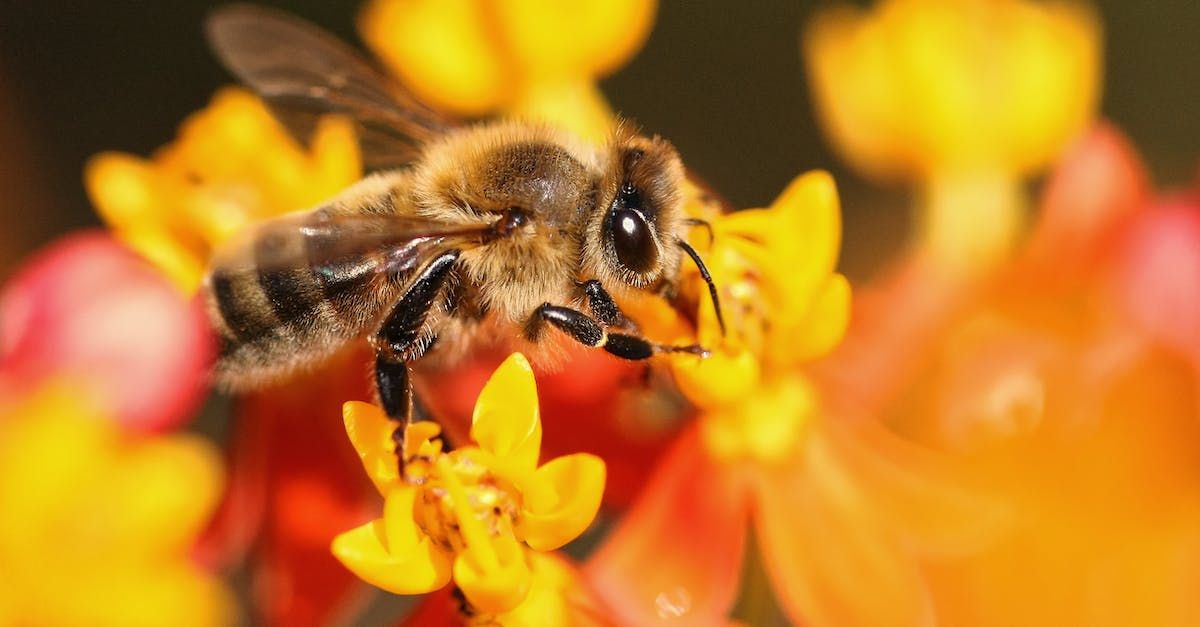Eyes Wide Open—All About Owls
Eyes Wide Open—All About Owls
Owls have interested people for centuries with their wise eyes, hoot-filled talk, and sneaky nightly adventures. Join us on a journey into the night sky and the secret world of owls. #OwlFactsForKids 🦉🌙
5 Short Facts About the Wild Owl
- Did you know that a group of owls is called a Parliament?
- Believe it or not, not all owls can hoot.
- Baby owls go by the charming name of "Owlets."
- Owls have a long lifespan—with some living to be a wise 25 years old.
- The eyelids of an Owl are very different—they have three!
Read on to find out more details about the Owl.
Meet the Outstanding Owl! 🦉 ✨
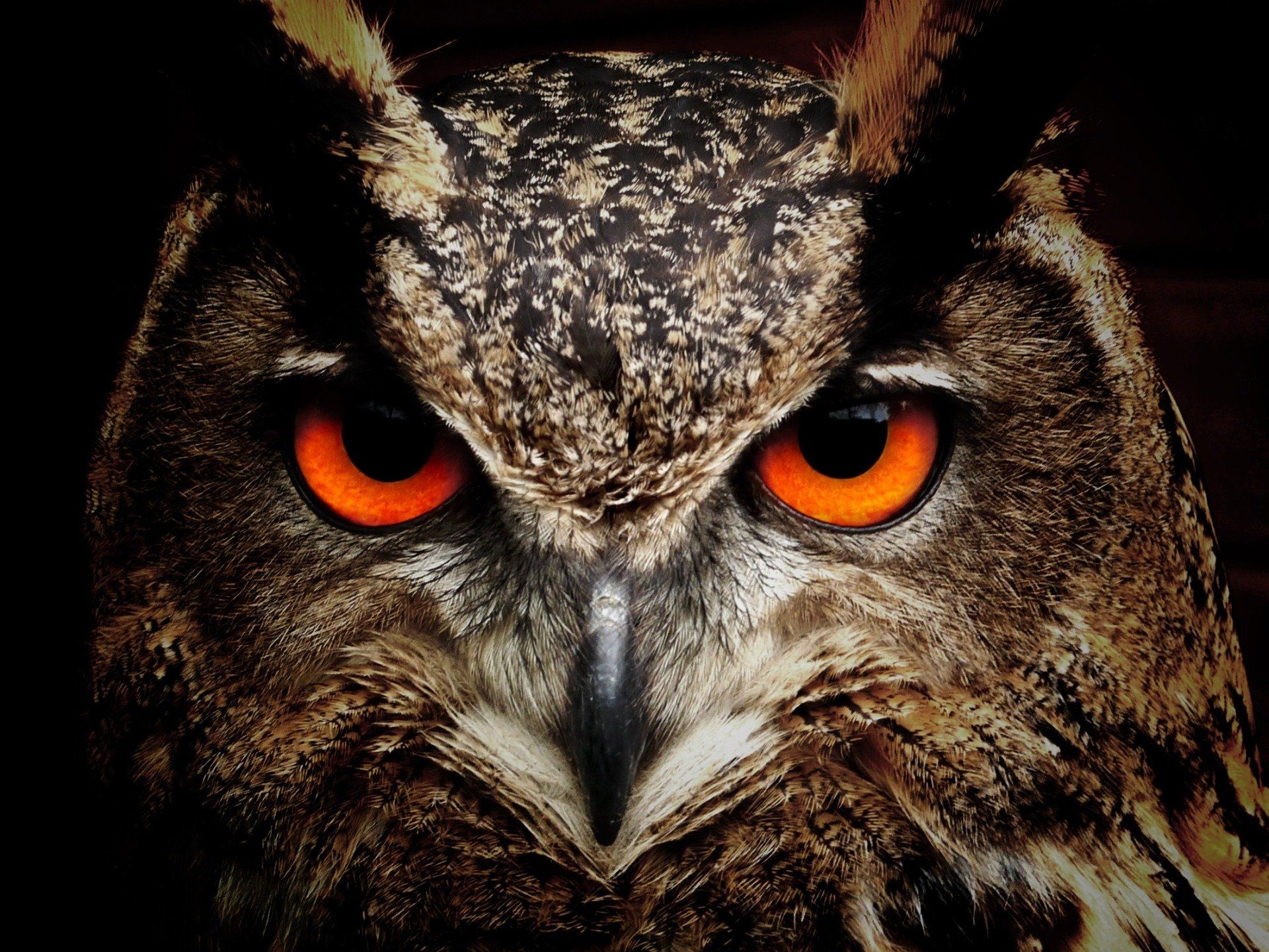
Owls are a type of bird called a raptor. All raptors eat meat, have a hooked beak, strong feet, excellent eyesight, and sharp talons—also known as claws. Examples of other birds called raptors are—eagles, hawks, and falcons. There are about 482 animals that fall into the "raptor" group around the world.
Talons: Claws that are sharp and hooked; not all claws are shaped this way.
What is an Owl Ear Tuft?
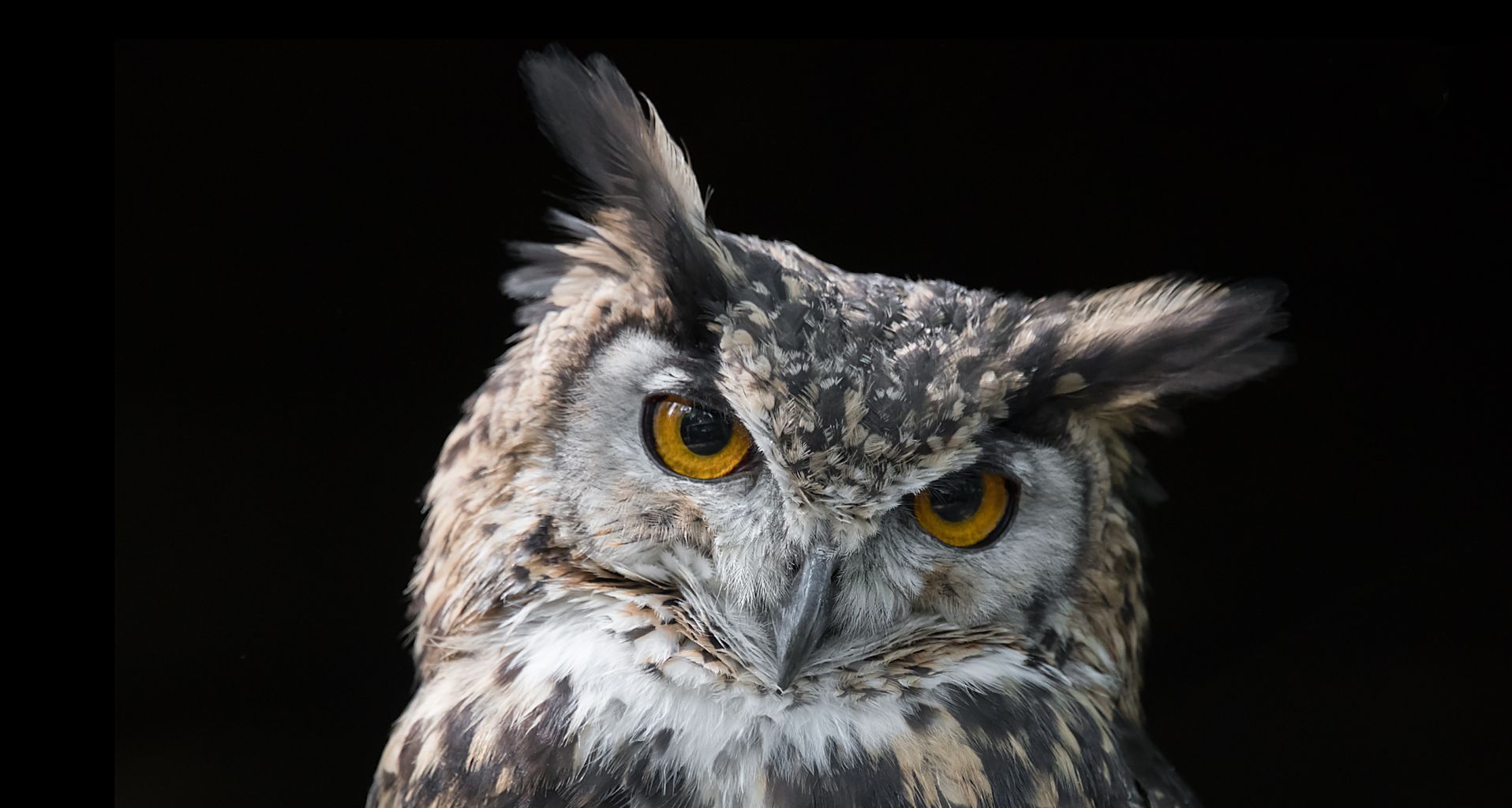
An ear tuft is a bunch of feathers on the top of an owl's head near the animal's ear. They actually look like ears, and in some cases, they make the Owl look cat-like. But they have nothing to do with hearing.
The purpose of the ear tufts is a mystery. But scientist have a few thoughts about their uses—helping with communication, silently tracking family members, acting as camouflage for hiding, and scaring off danger.
Not all owls have tufts—In the US, the Eastern and Western Screech Owl, Great Horned Owl, Longed Eared Owl, and Short Eared Owl all have ear tufts.
A Peek Into the Lives of Baby Owls—Owlets
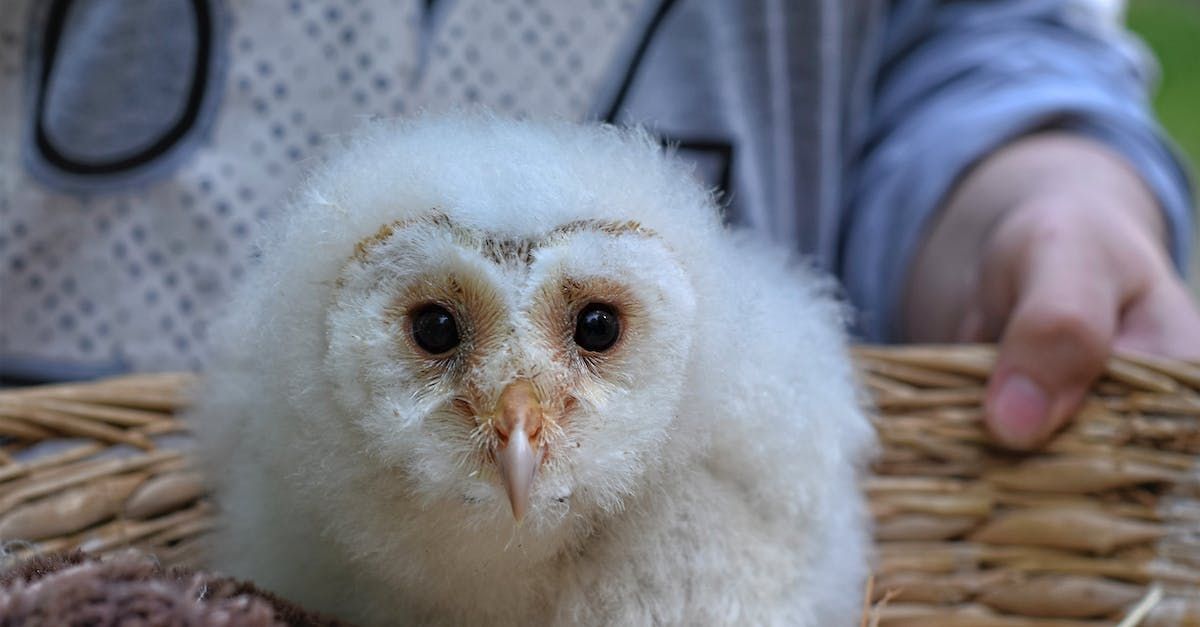
Nesting: Owl parents begin to build a nest for their babies around January and February. They choose to build their nests in many different places. Often they use the nests of other owls, an existing tree hole, cliffs, and man-made structures like ledges and pipes, and sometimes they even choose the ground.
Incubation: Owls come from eggs, just like other types of birds. They lay between 3 to 15 eggs, depending on the kind of owl. When an owl sits on her eggs to hatch them, it is called the incubation period. The mother owl incubates her eggs while the dad gets food.
Brooding: The mother sits on the nest after the owlets are hatched. This stage is called brooding. When born, owlets are covered with soft, downy feathers, and their eyes are tightly shut. These young fluffballs are so large with heavy heads that they sleep face-down as their bodies struggle to support their weight. After a few days, their eyes flutter open. Eventually, the darker feathers grow and the downy fluff falls off. The babies will stay in the nest for about six weeks—leaving the nest even before they can fly.
Branching: Owlets can't usually fly when they leave the nest, they often spend up to a week on the ground or nearby branches before they can fly well. "Branching" is the term for this stage. Branchers sometimes fall to the ground too soon. Don't worry; Mom and Dad still take care of their owlets on the ground. Plus, owlets can climb trees using their beaks and talons.
Fledging:
Fledging follows quickly after branching. This is when the babies learn to fly. The branching and fledging stage is dangerous for the owlet. You can help keep owlets safe by keeping cats and dogs indoors during this time. Baby owls are surprisingly antisocial. If you chance upon a grounded owlet, leaving them alone is the best course of action. If the owlet seems injured, you can help by contacting a wildlife sanctuary for professional assistance.
The Nighttime Sky: Owls of the United States 🌕🦉
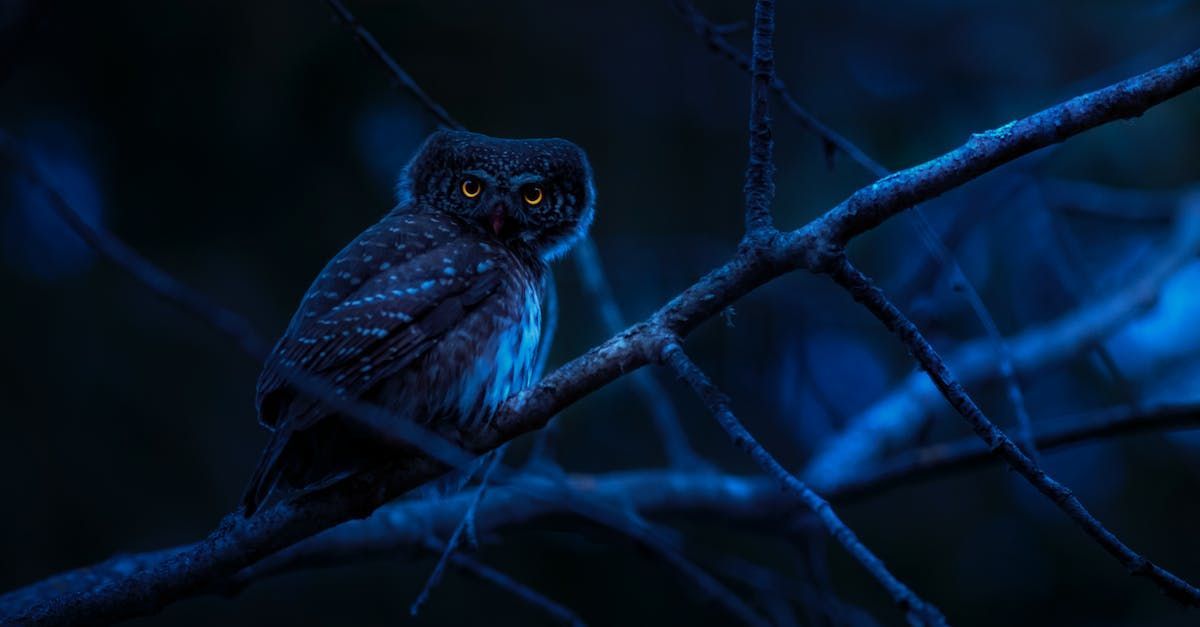
🌙 Owls are nocturnal birds, meaning they like to be up at night. Because they are up when we sleep, many people don't know there are so many types and they are found worldwide. There are more than 200 kinds of owls worldwide, and 19 types are found in the United States 🇺🇸 🦉. These exciting birds come in many shapes and sizes, from the petite Elf Owl, holding the title of the smallest owl, to the largest Great Gray Owl.
Here are the 19 types of Owls found in the United States:
How to make an Owl friendly Backyard
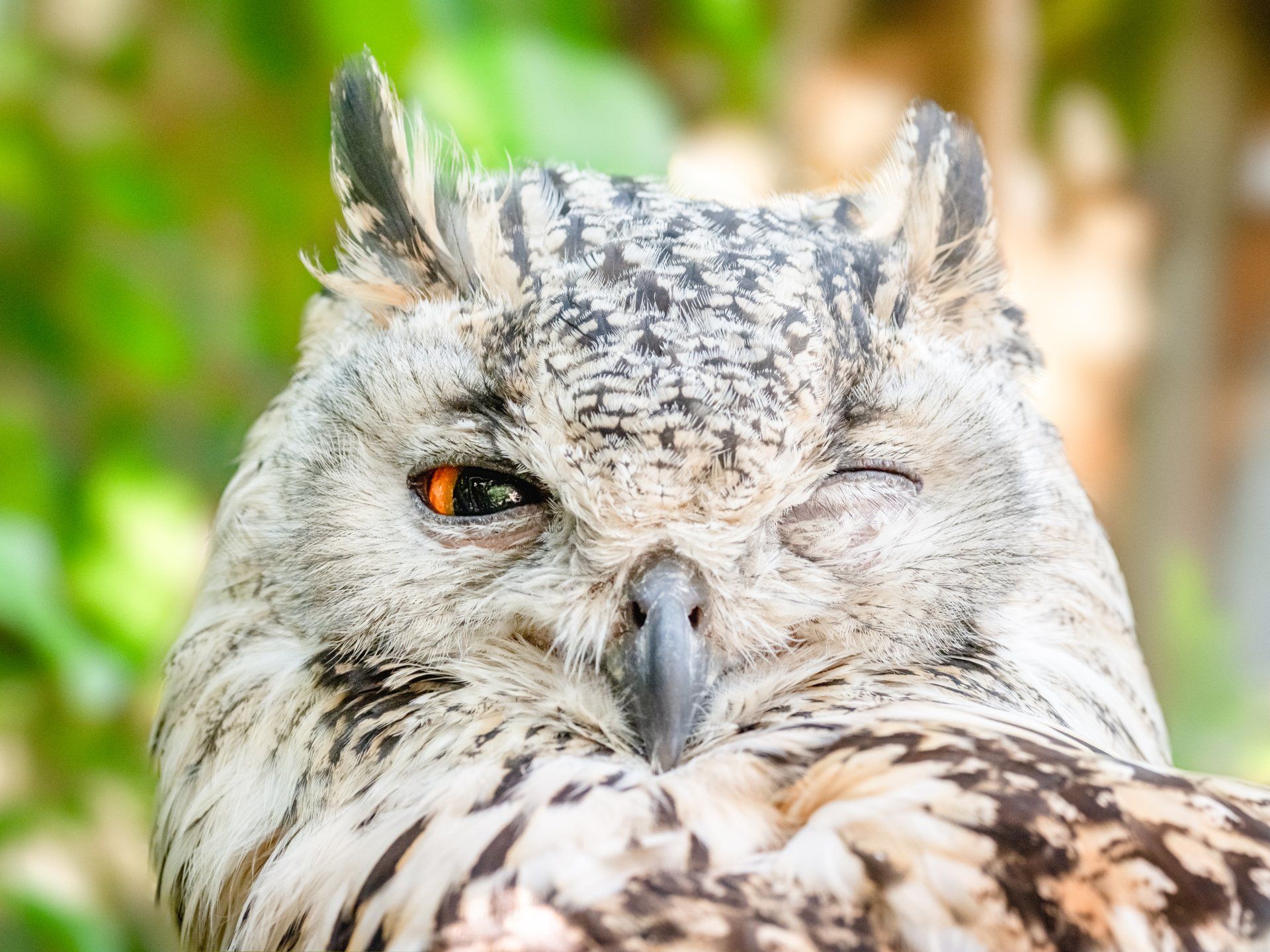
Making an owl-friendly backyard can be a rewarding and helpful project. Think about installing nesting boxes to provide shelter for Barn Owls and Screech Owls. These boxes not only benefit the owls by giving a safe space to raise their babies, but owls can help keep the mice and vole populations down near your house.
To attract owls to your yard, leave dead trees standing, as they can serve as shelter and nesting sites. Since not all owls are hole nesters, offering a variety of nesting places helps your chances of attracting these fascinating birds. Also, setting out bird baths interests owls, offering them a water source for drinking and bathing.
For those seeking a more natural hunting ground for owls, consider mowing the lawn less frequently. Leaving stretches of grass longer can attract small rodents, providing owls with an enticing hunting terrain. Remember that owl attractions may not be suitable for everyone, so evaluate your comfort level and interest before making these adjustments to your backyard.
Owl Conservation Facts:
Owls face a serious conservation concern, with 227 types in total. Disturbingly, 24 are classified as Vulnerable, 13 as Endangered, and three as Critically Endangered. Their survival is jeopardized by threats such as habitat loss, forest splitting, and invasive animals. Specific types, like the Northern Spotted Owl, are already under threat. While Burrowing Owls and Ferruginous Pygmy Owls currently enjoy a "least concern" status, others like the Spotted Owls are "near threatened," and the majestic Snowy Owls are labeled as "vulnerable." The urgency of these challenges calls for concerted conservation efforts to protect these remarkable birds.
Additional Resources:
10 things you can do to help owls in you backyard
The Hungry Owl Project - "Our mission is to reduce the need for pesticides and rodenticides by encouraging natural predators through conservation of habitat, nesting boxes and education."
Owl Research Institute - Owl Conservation Projects
Owl Themed Activities (Ages 3+)
